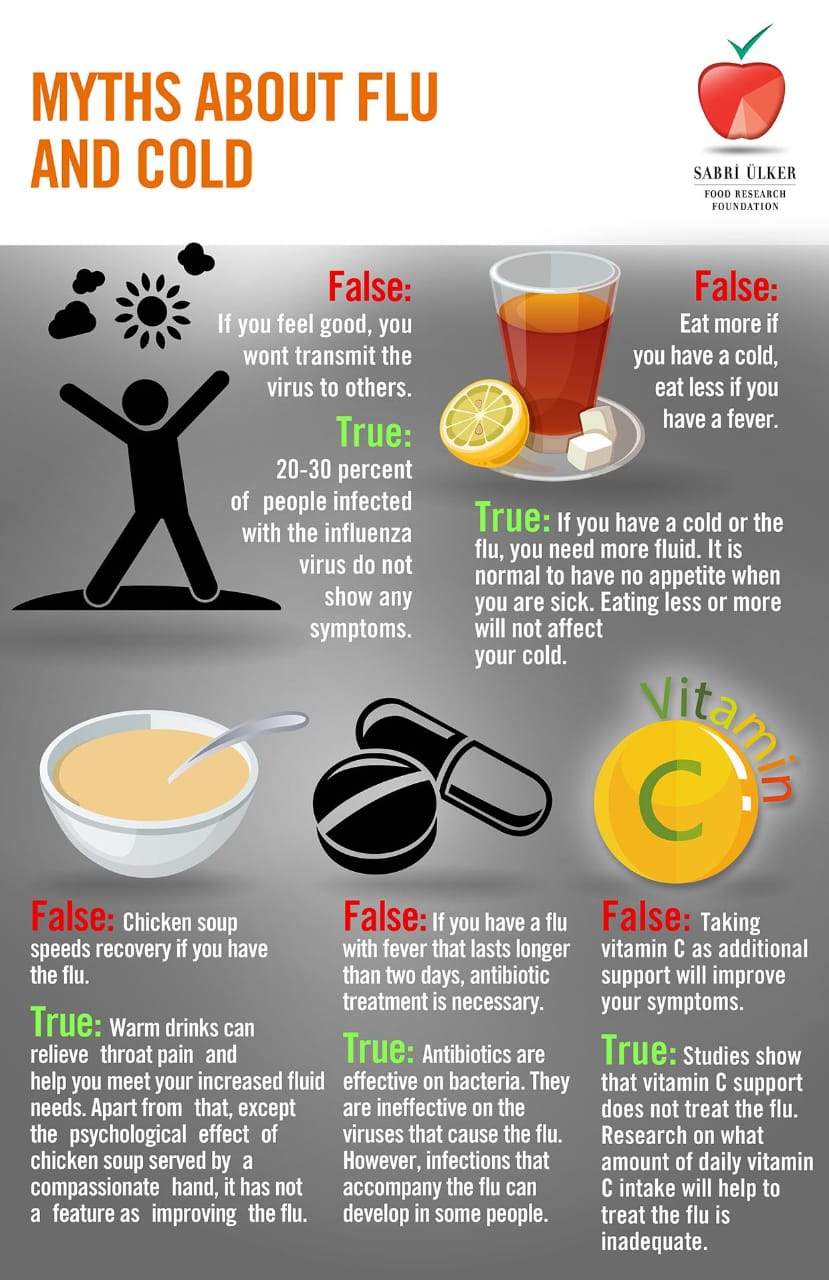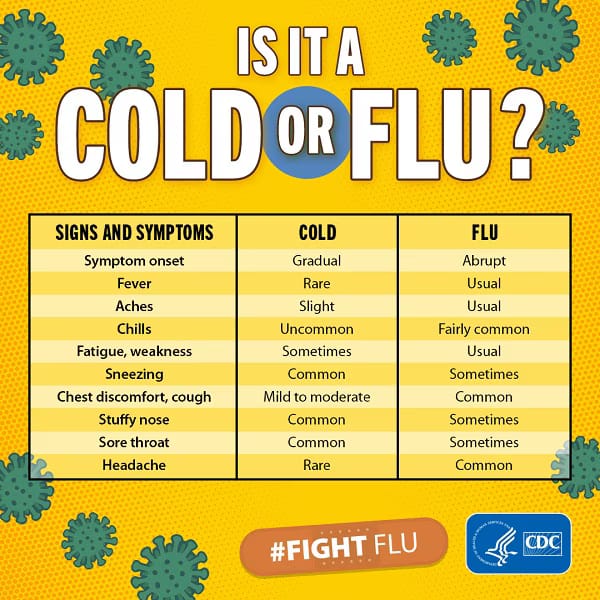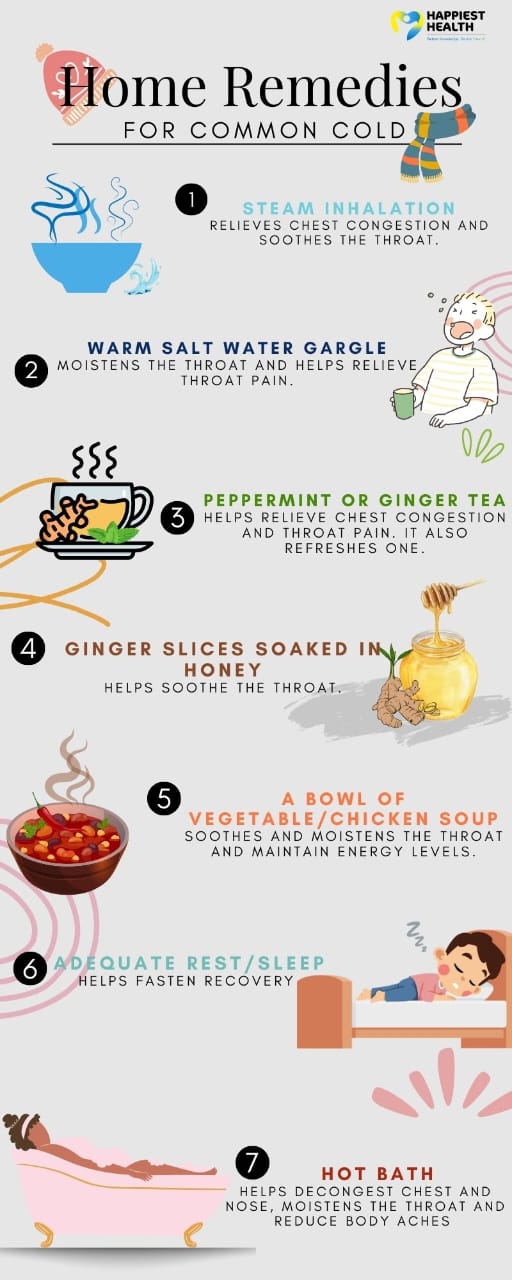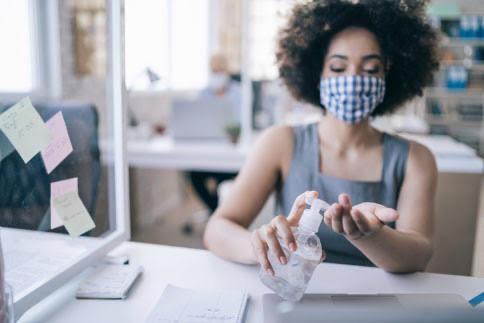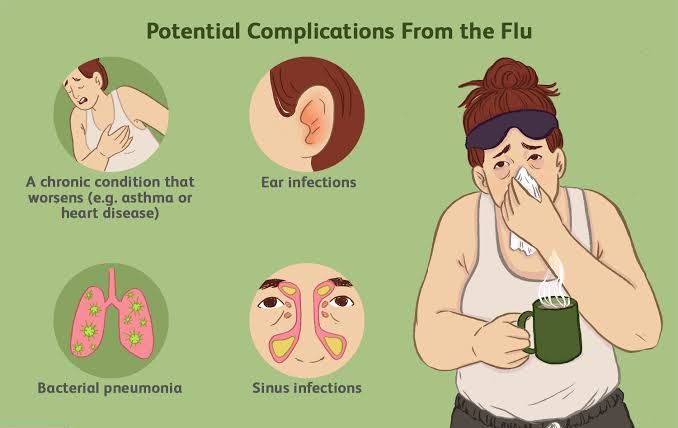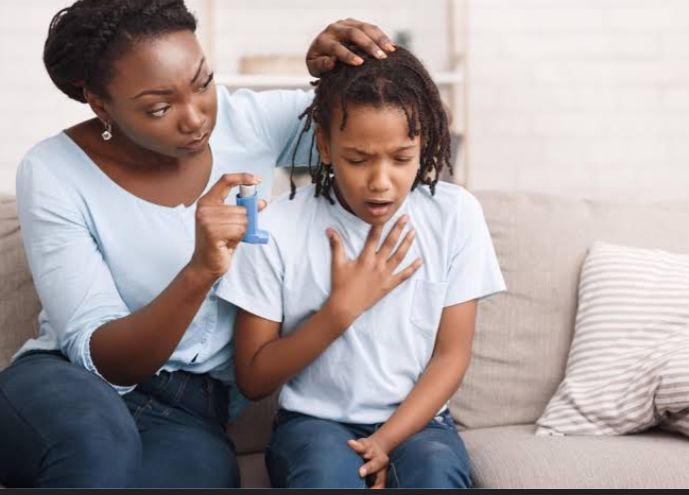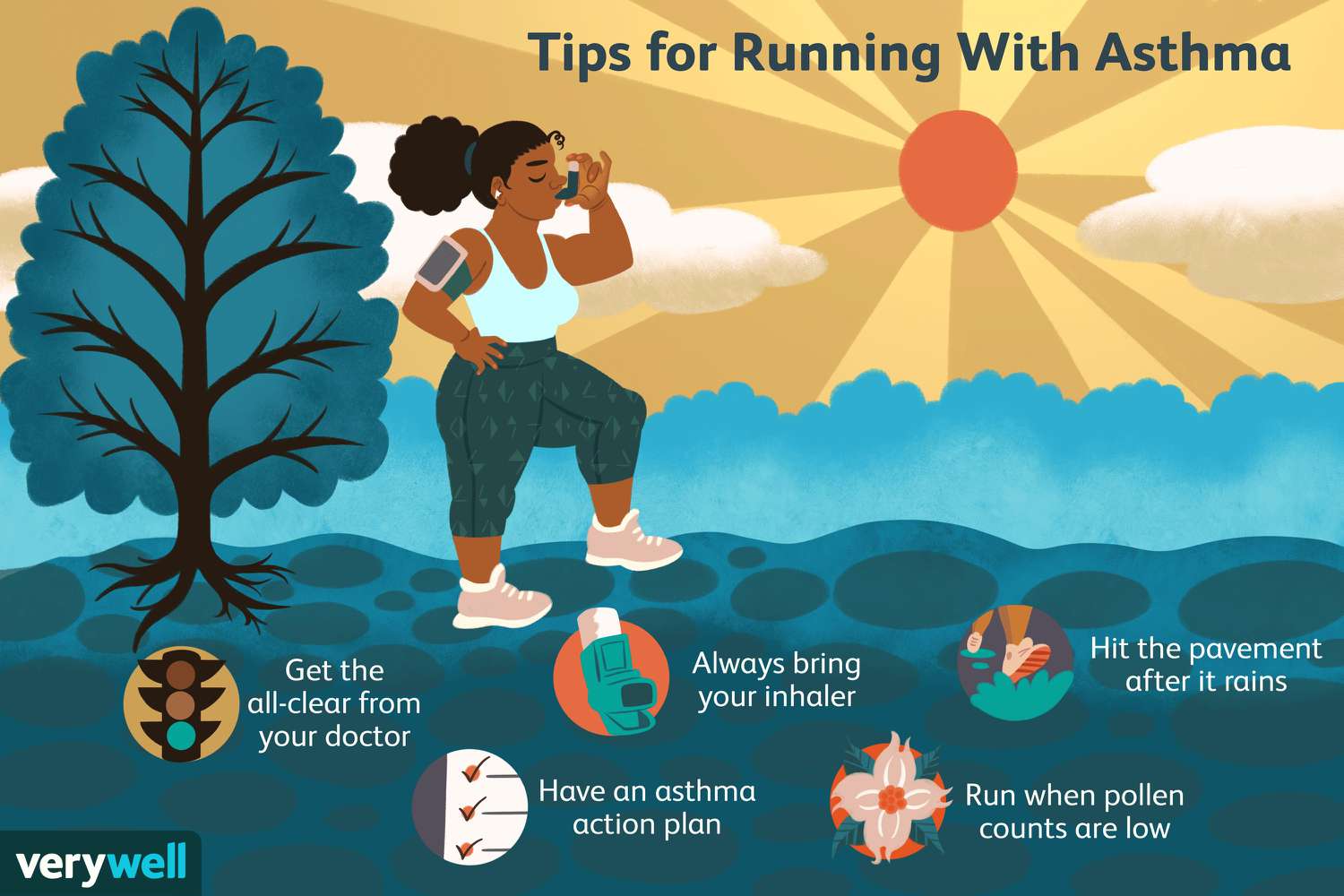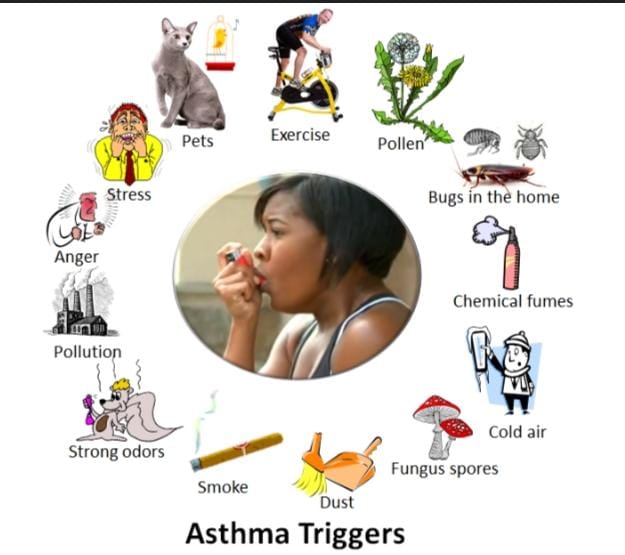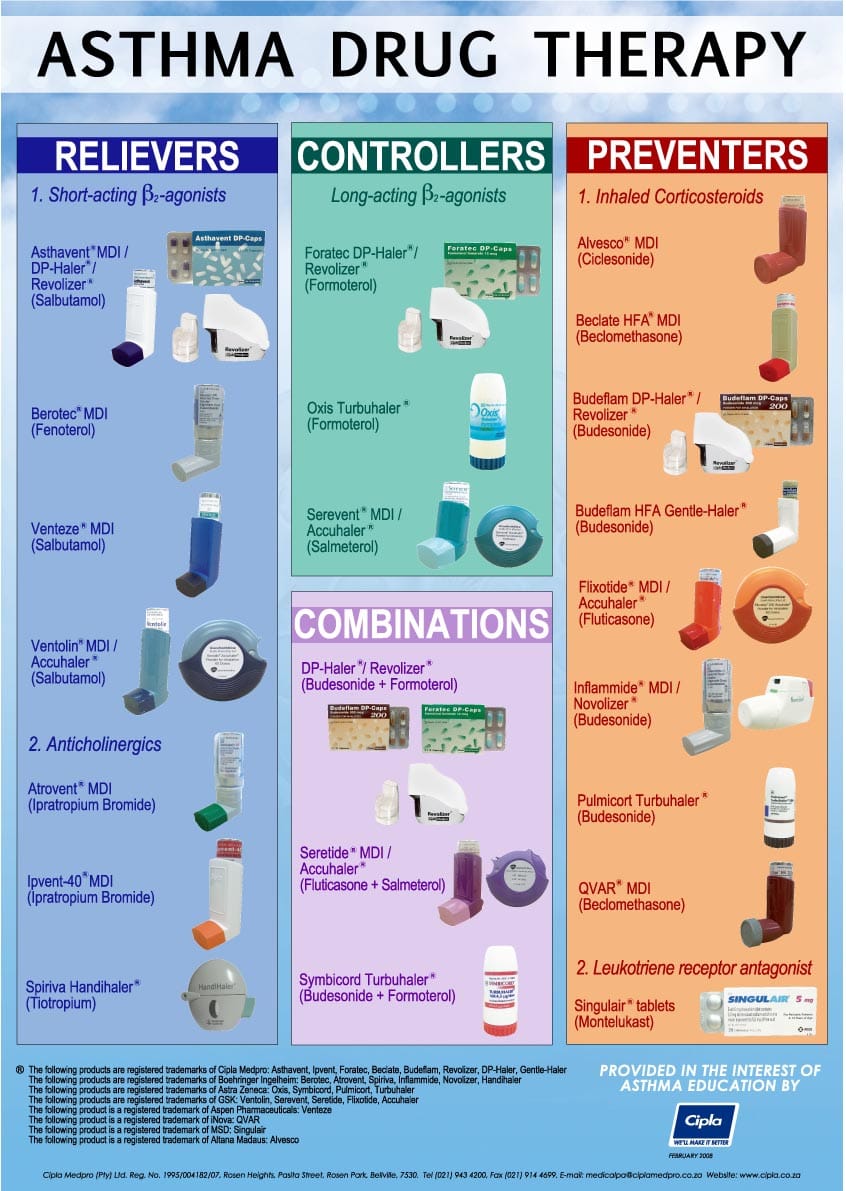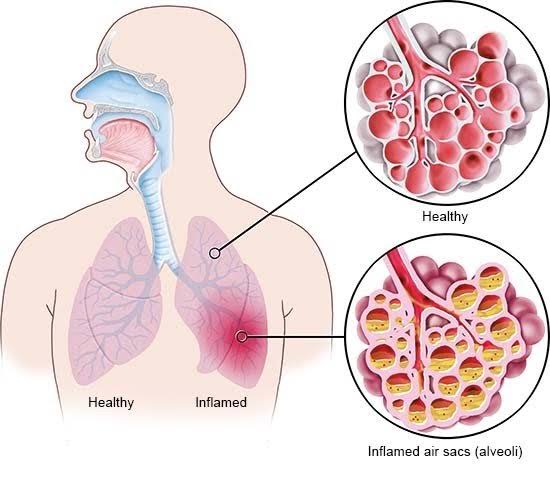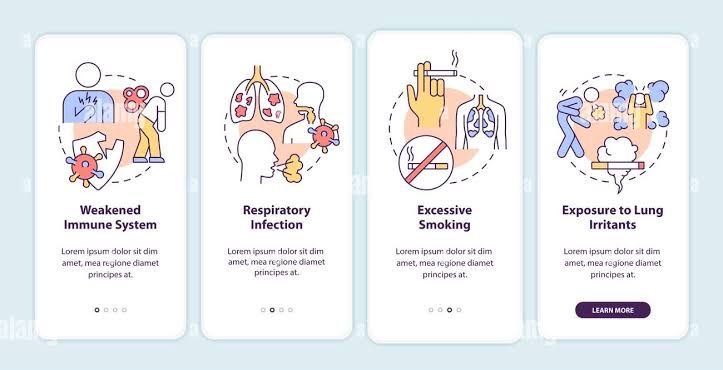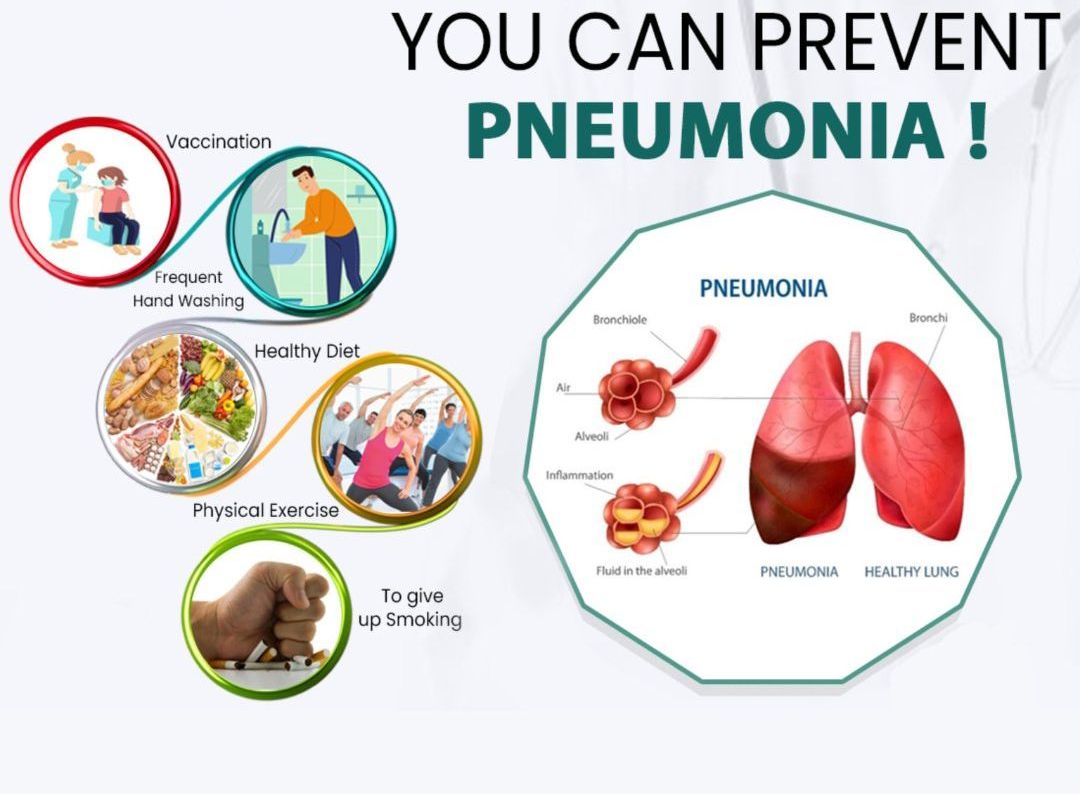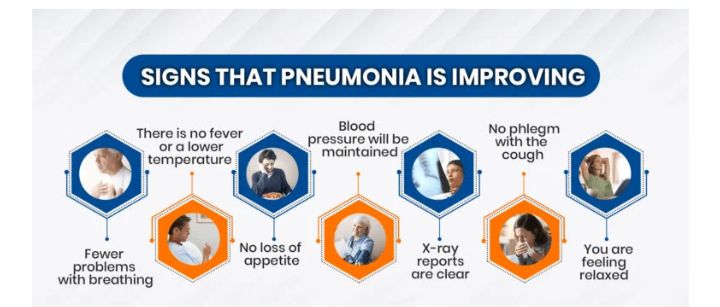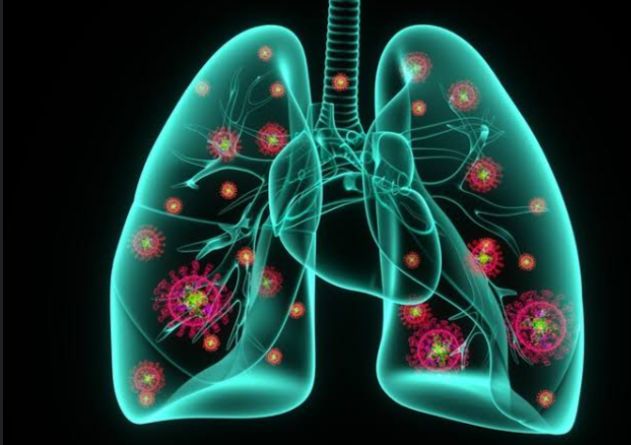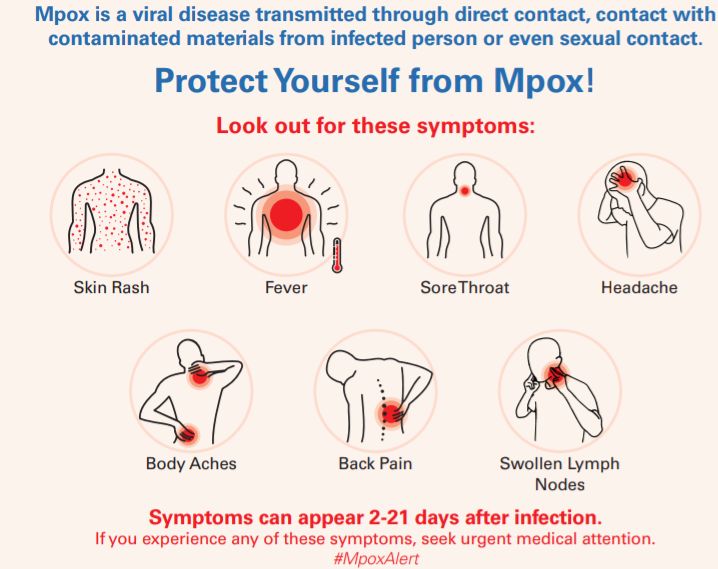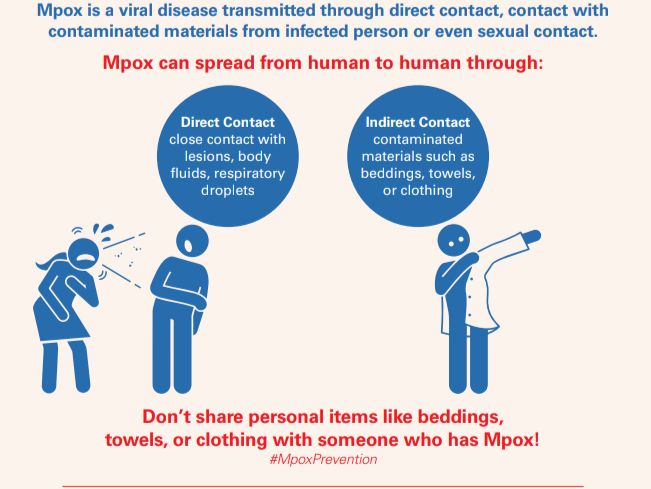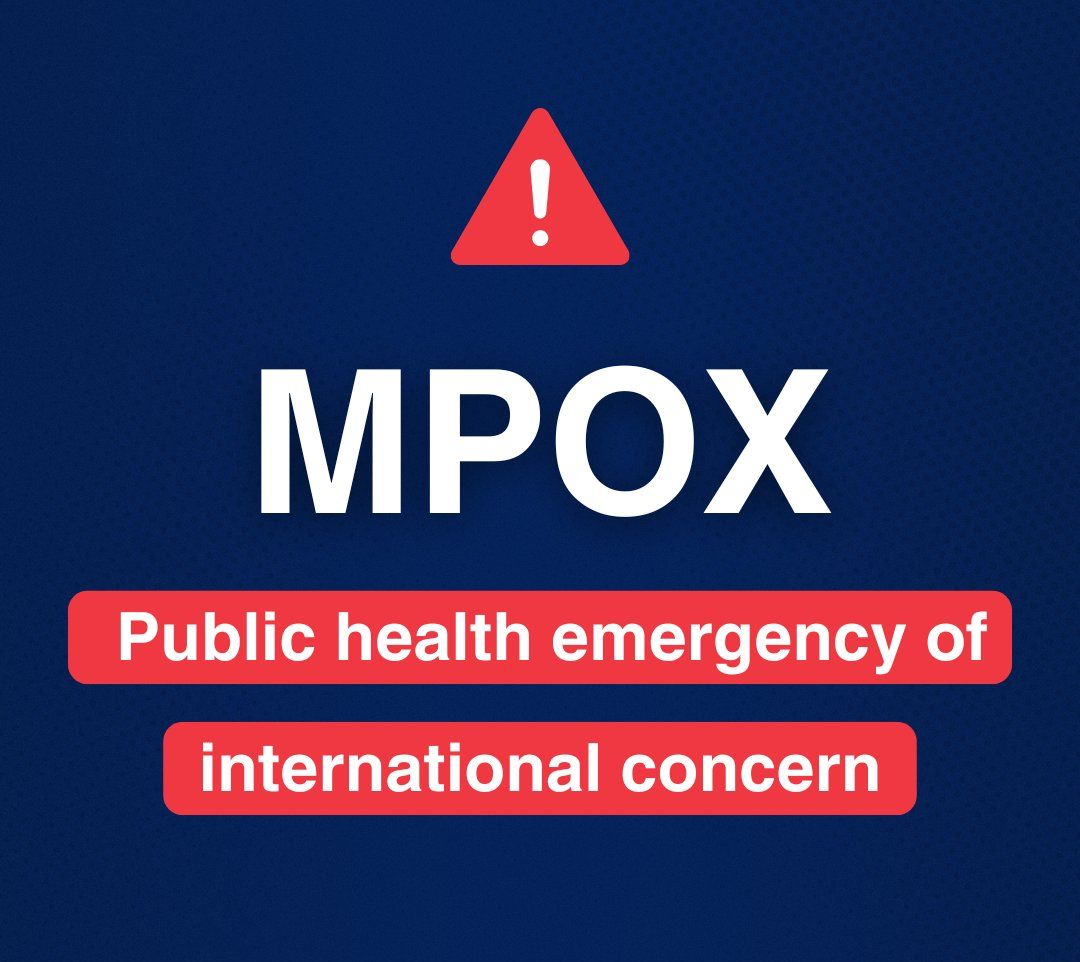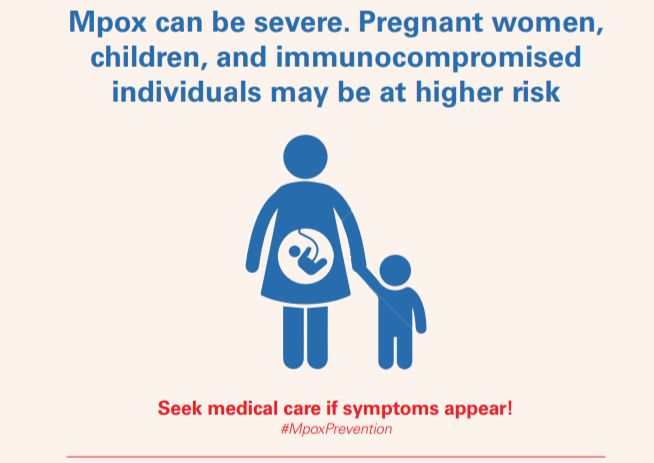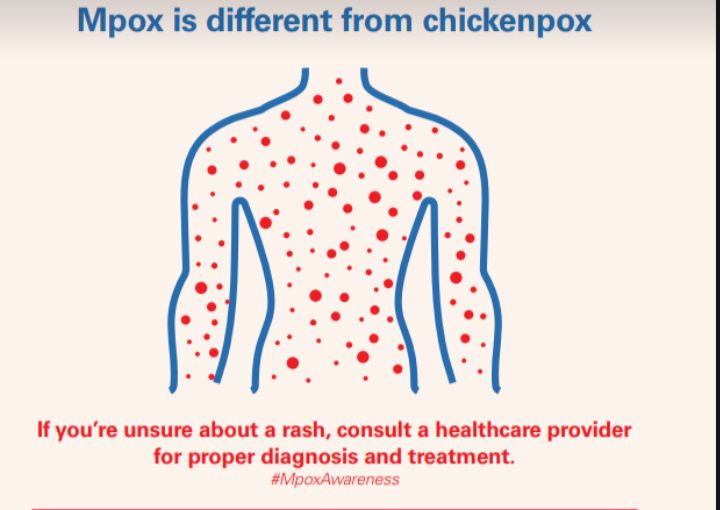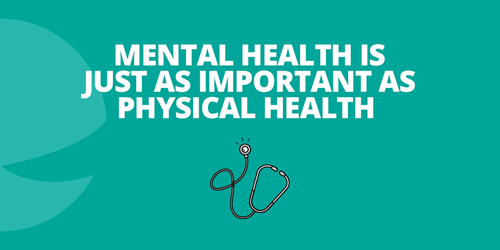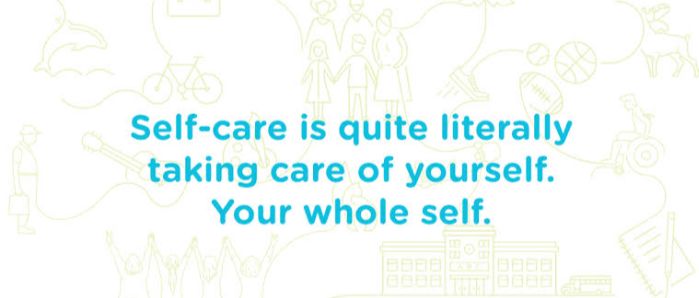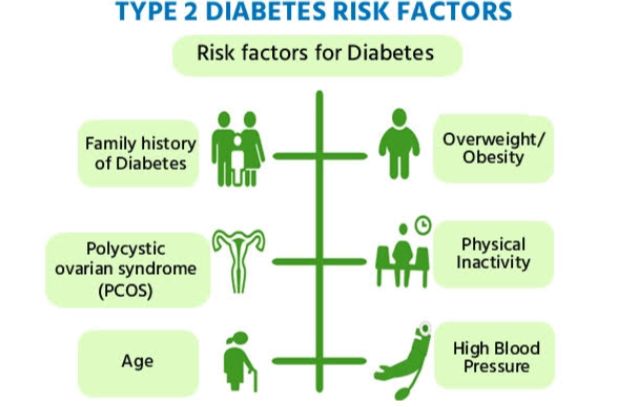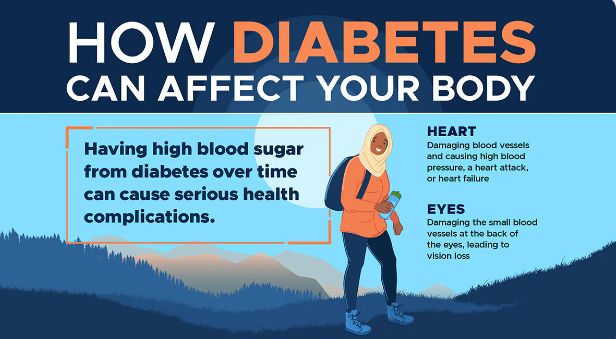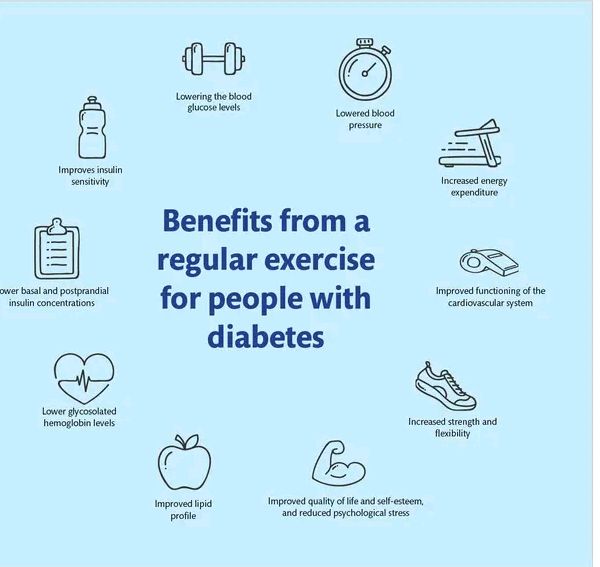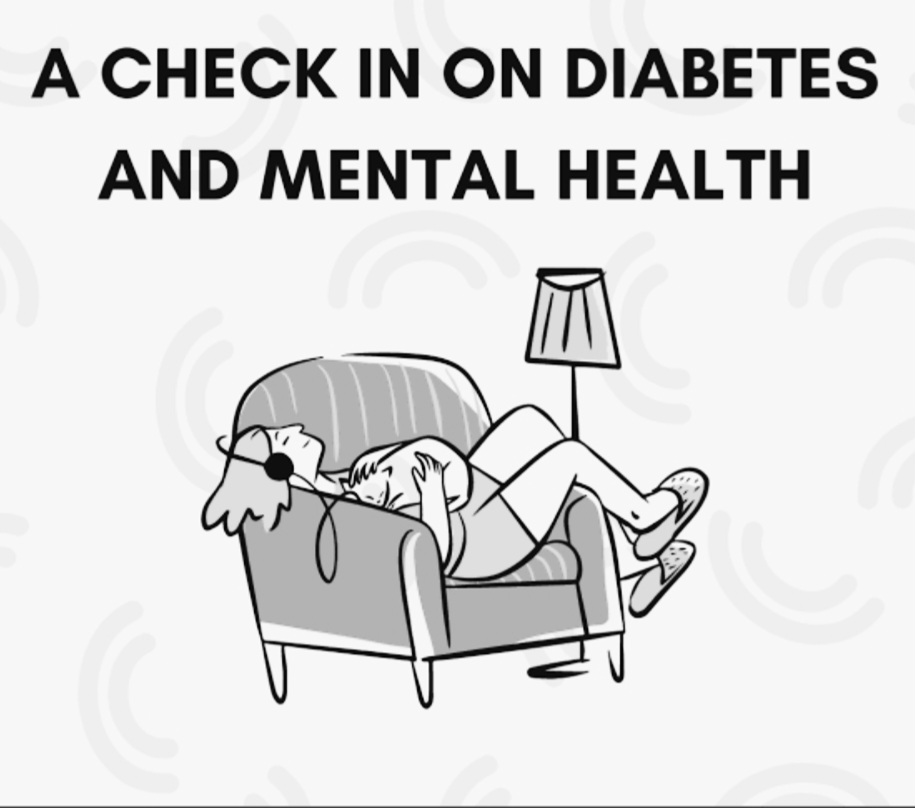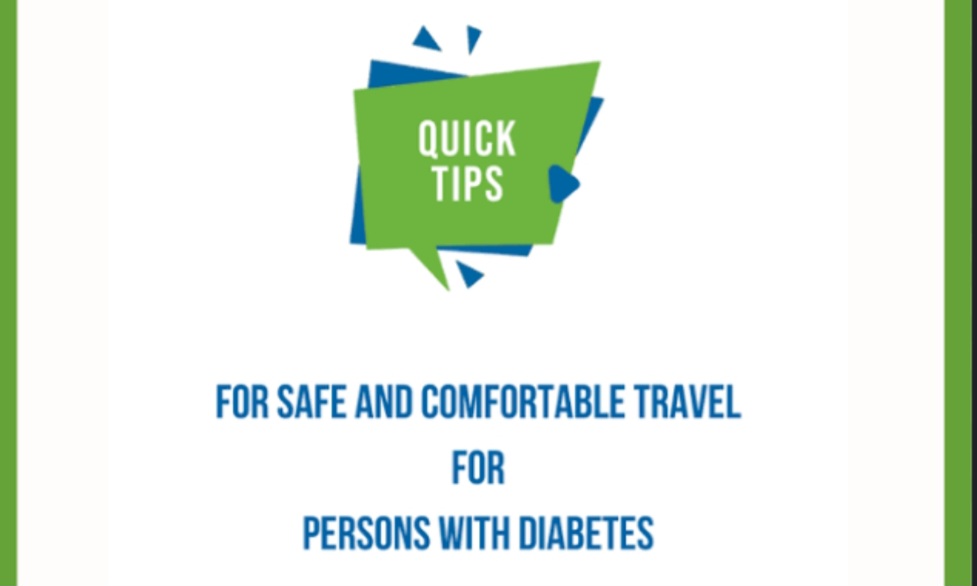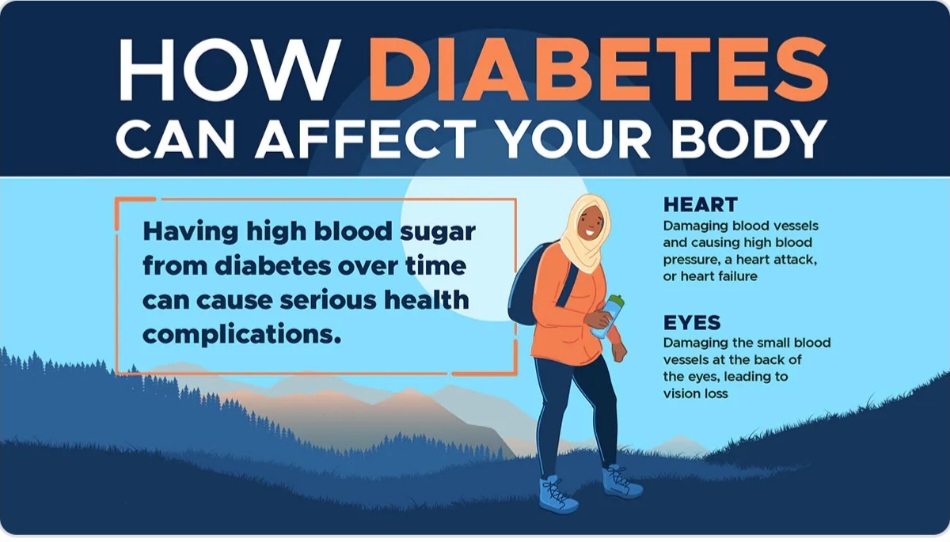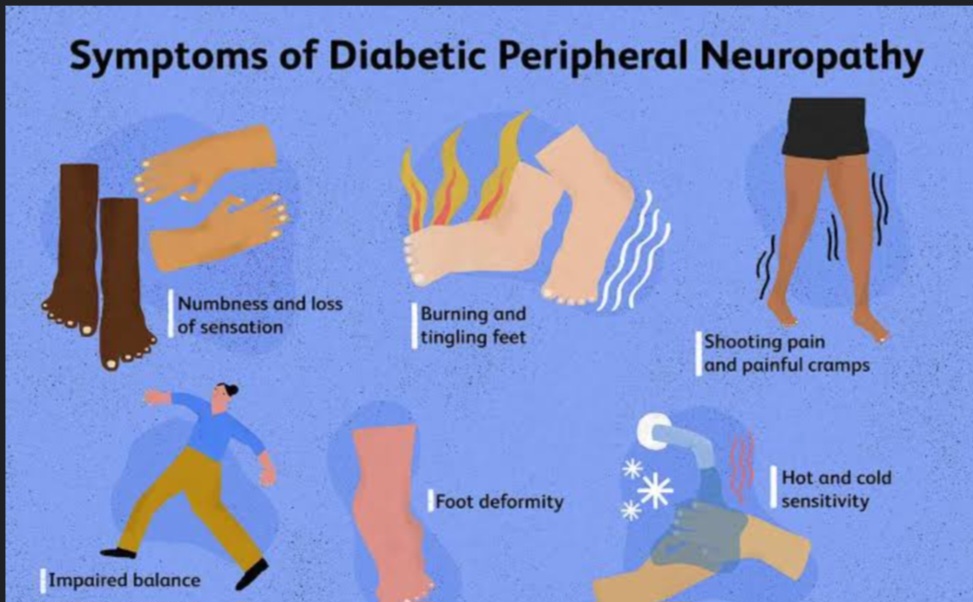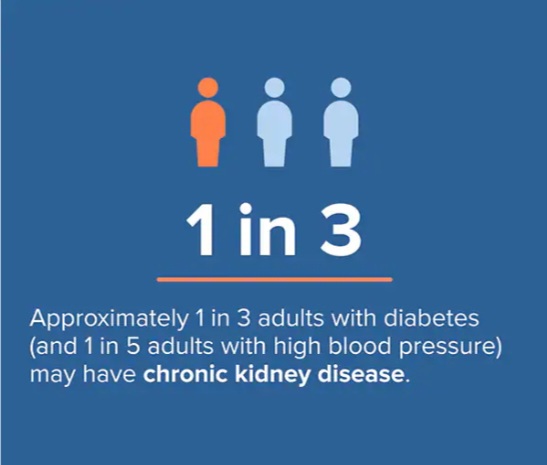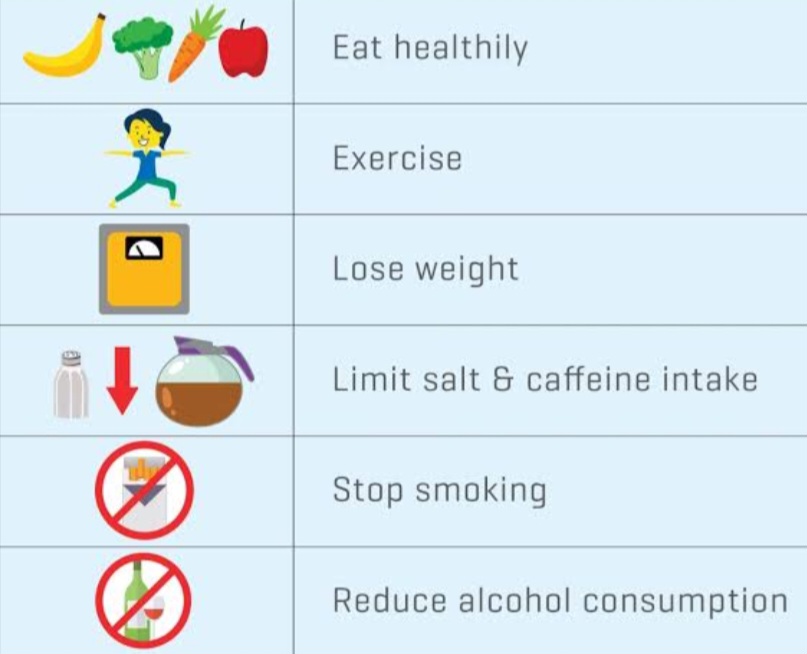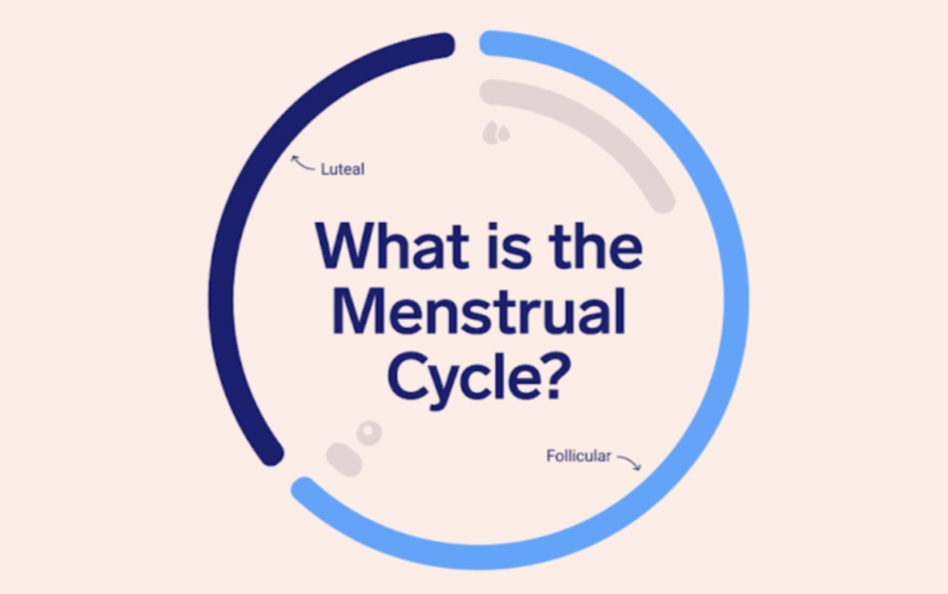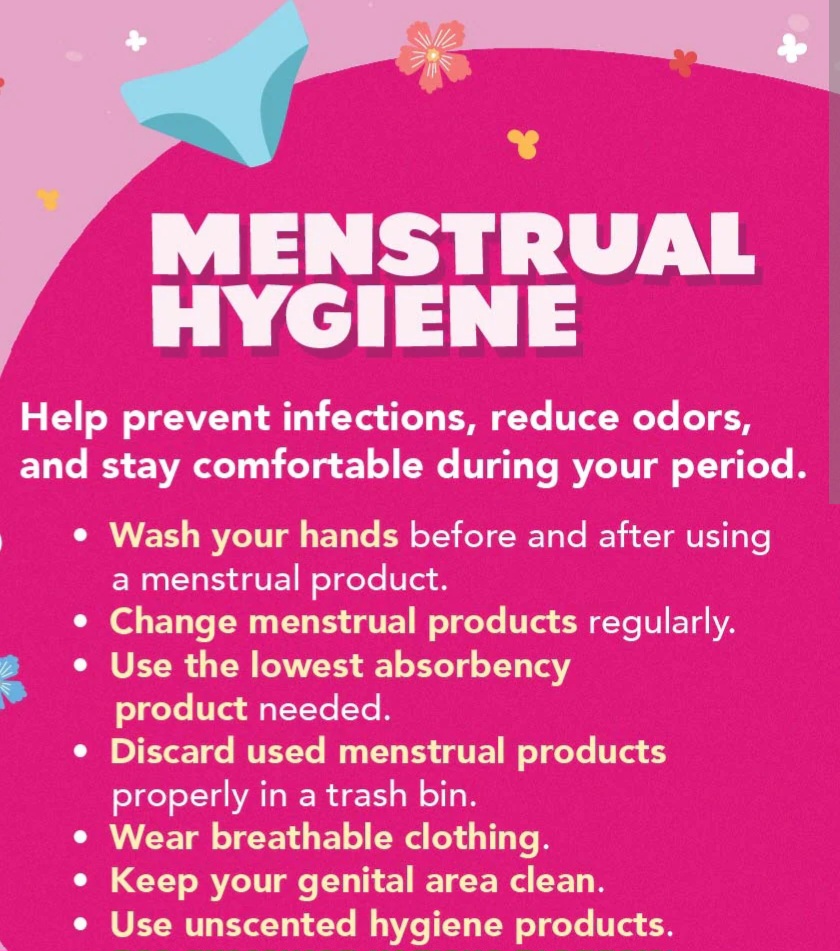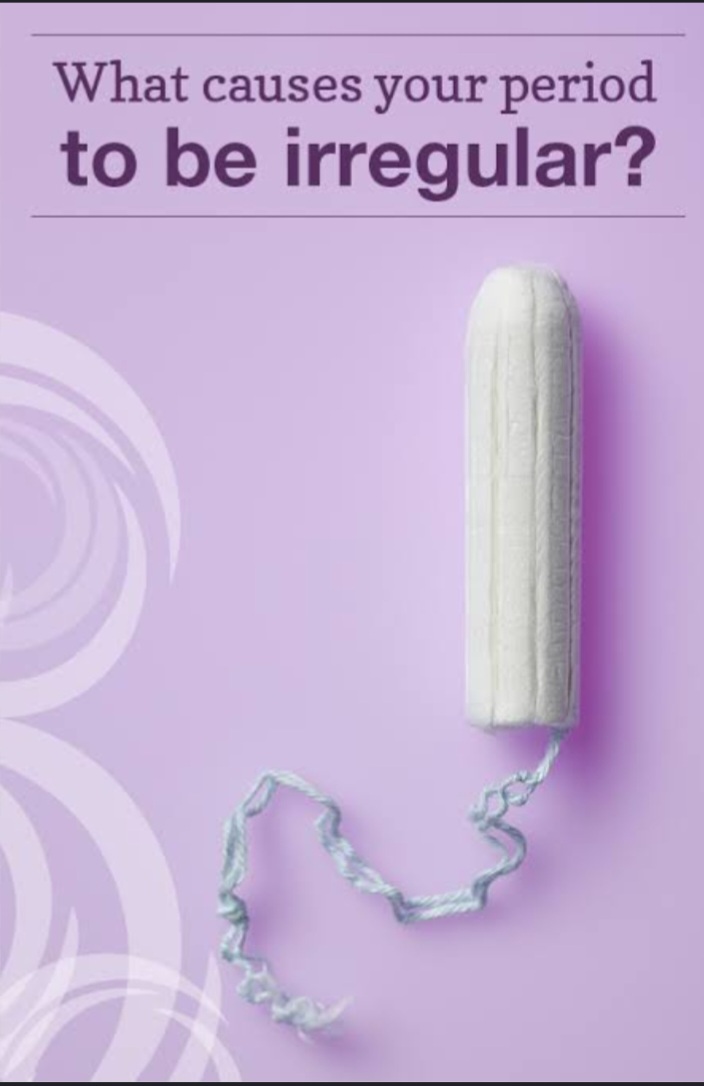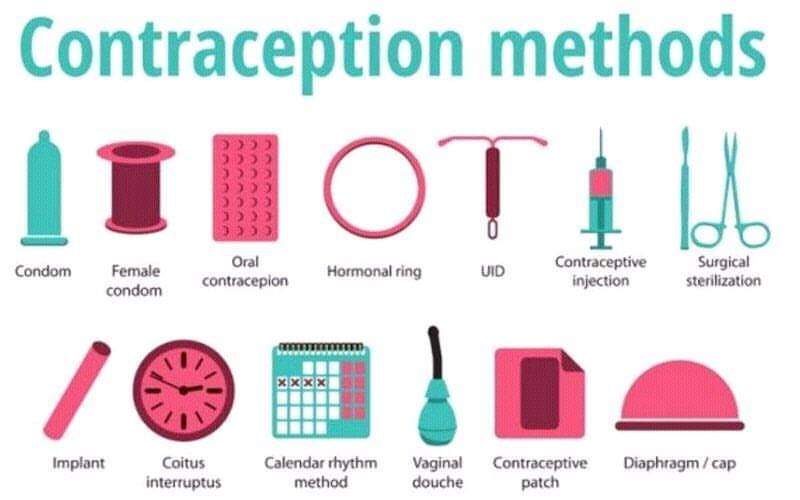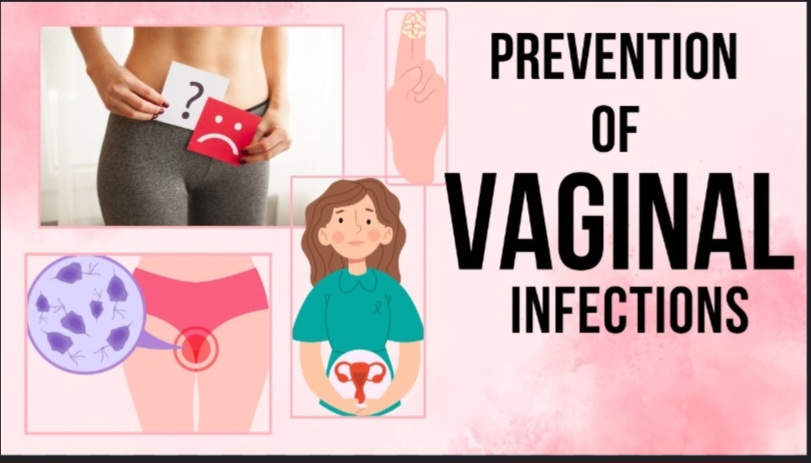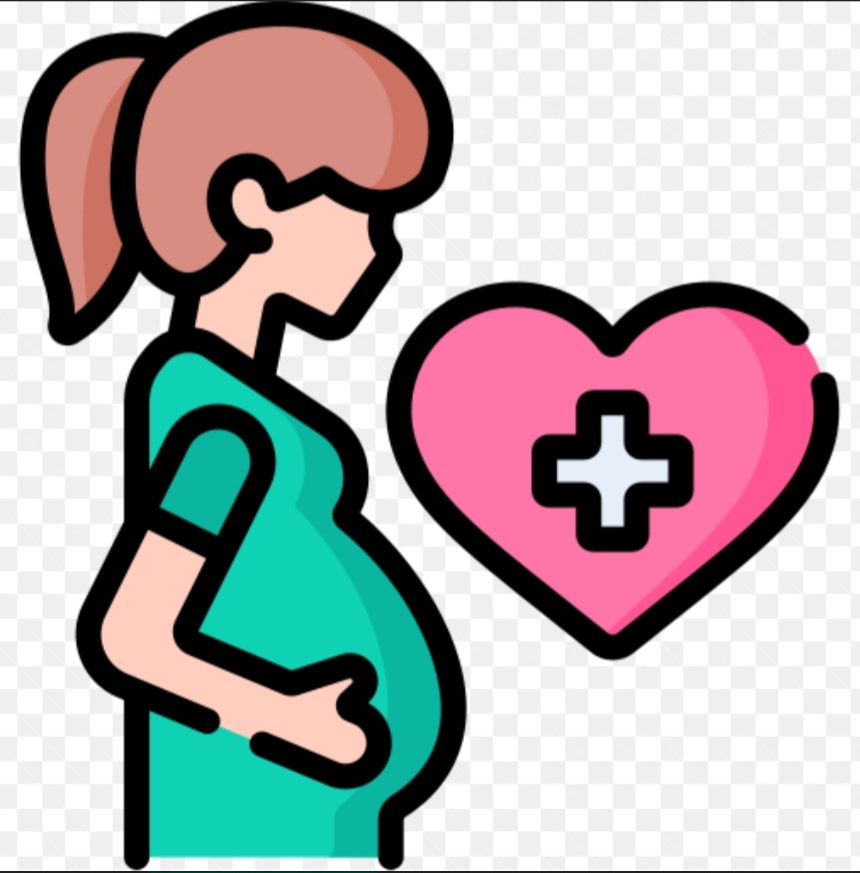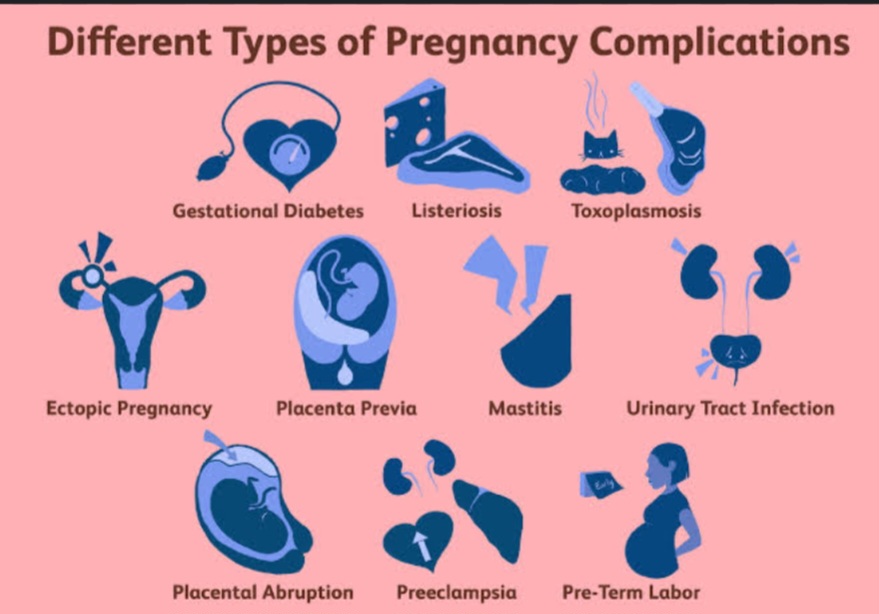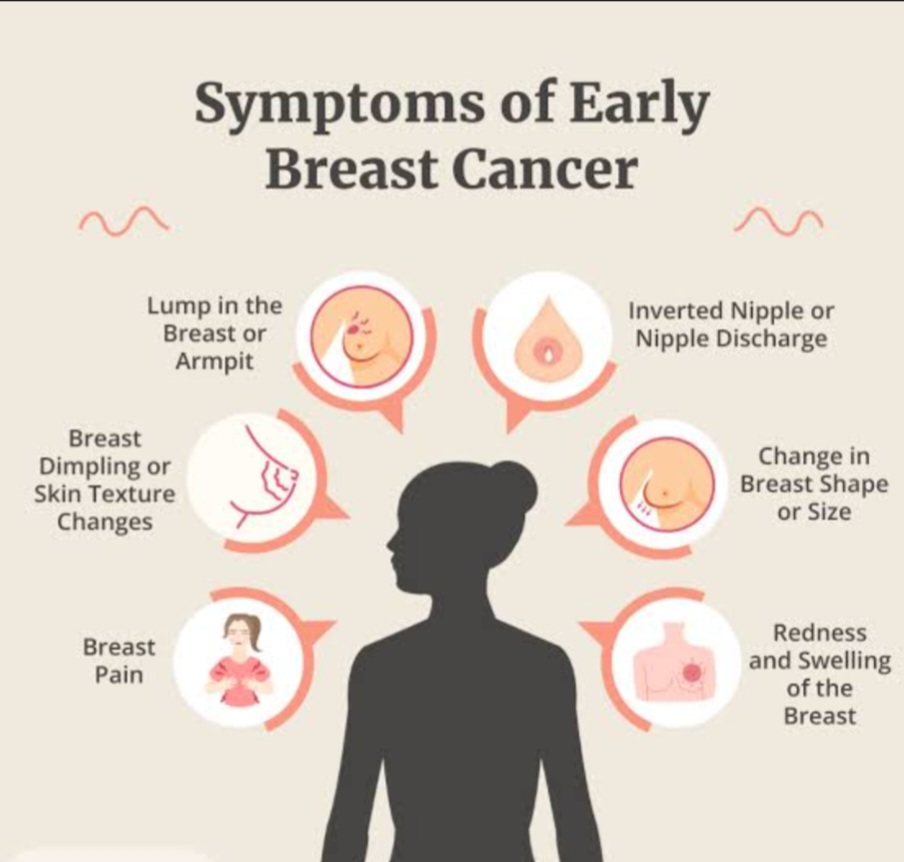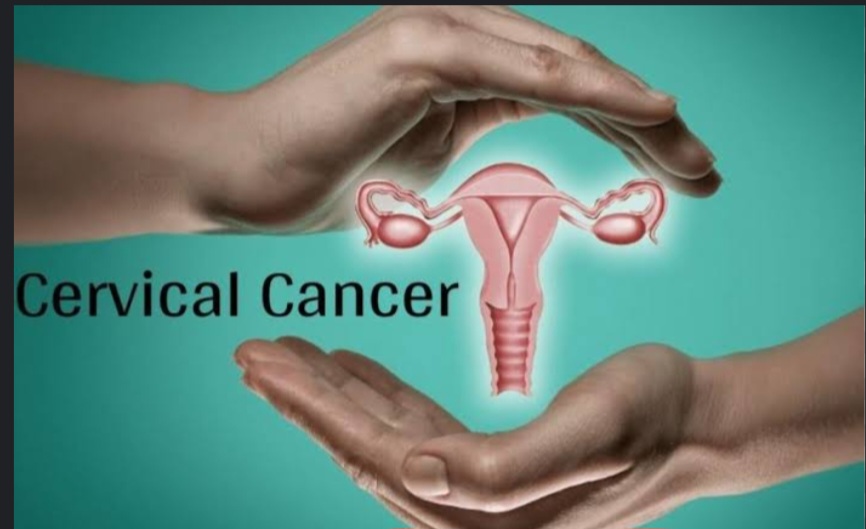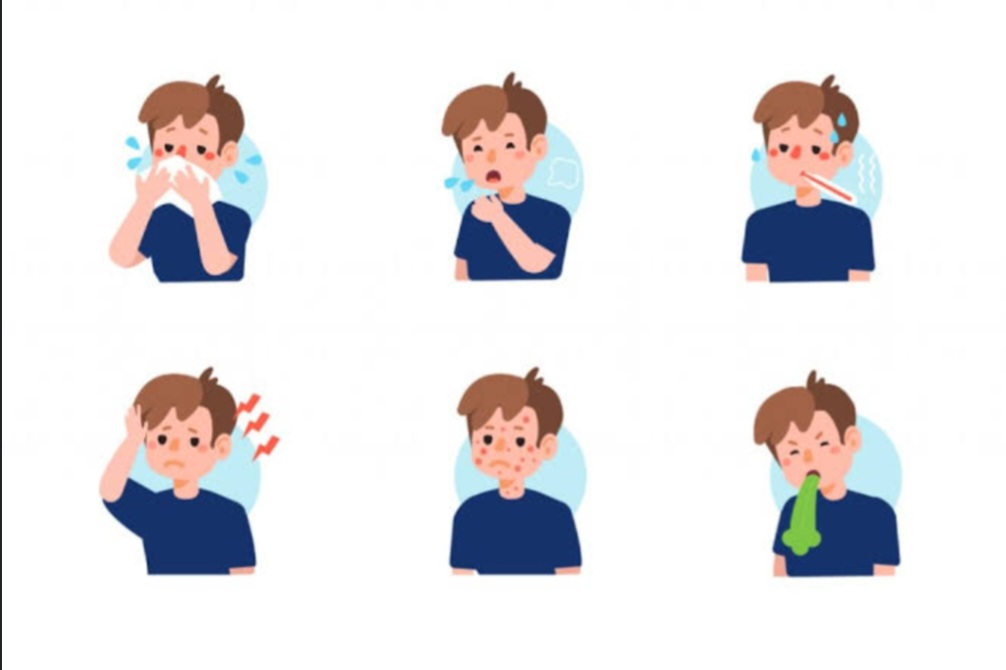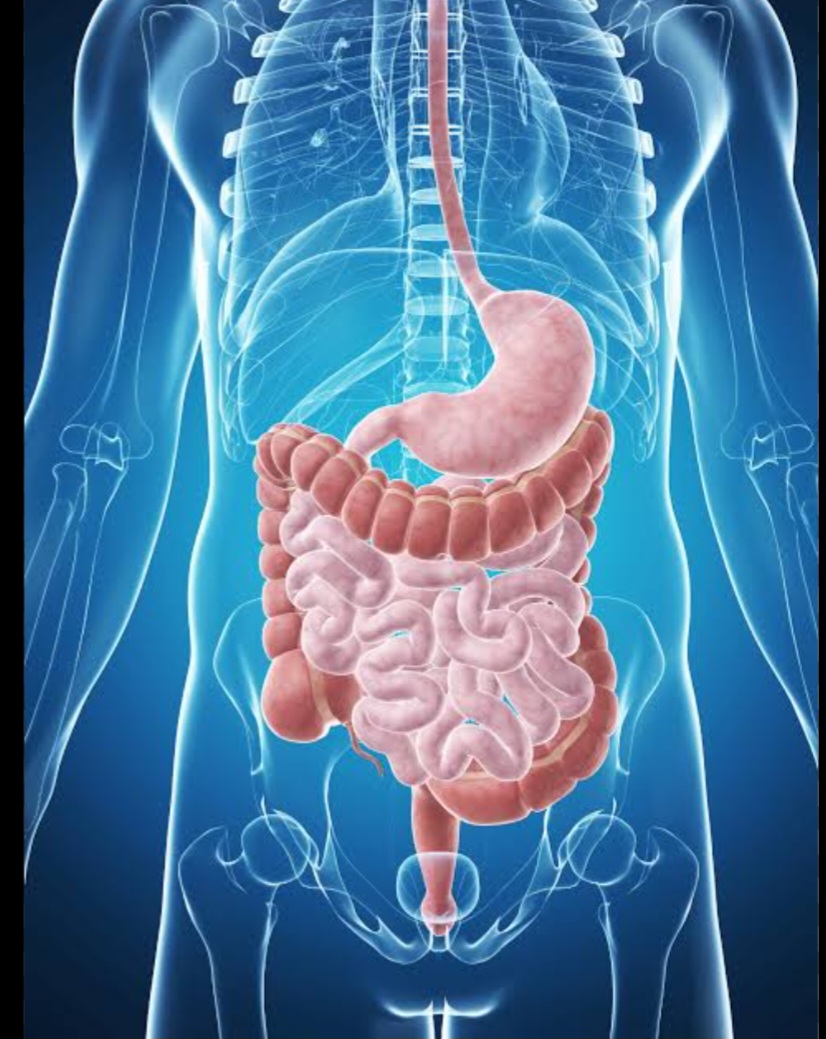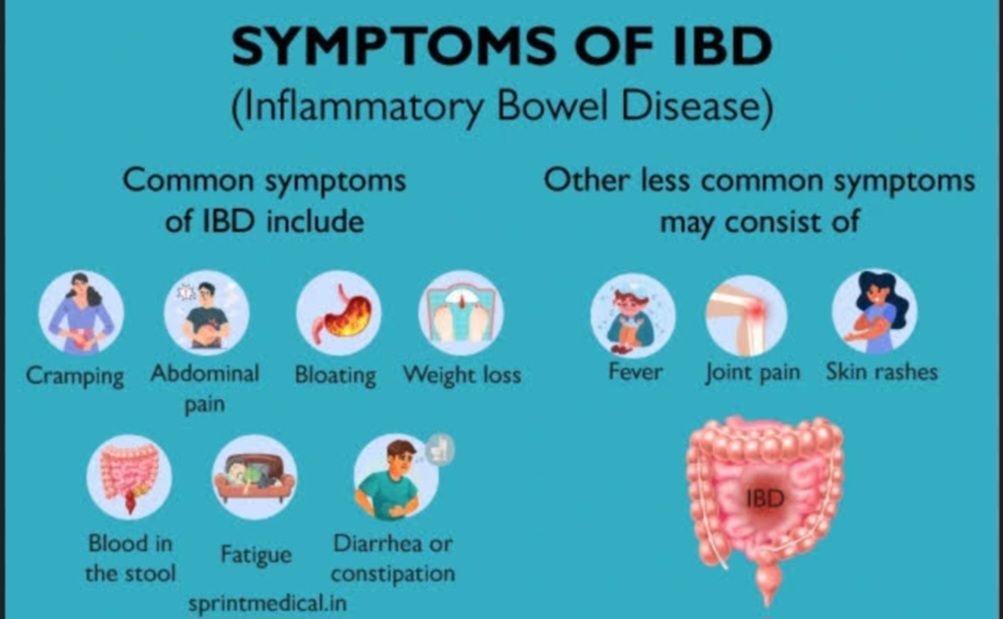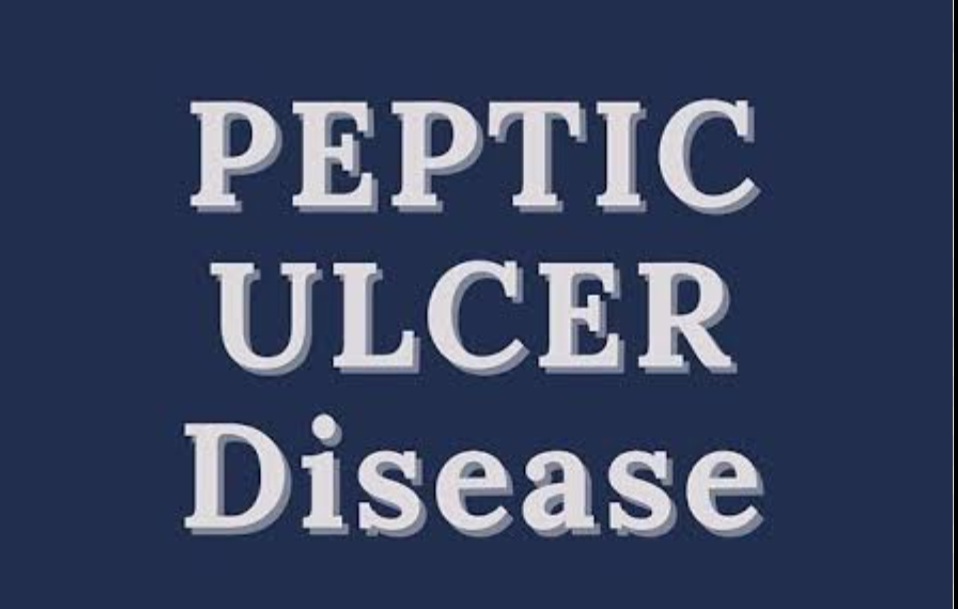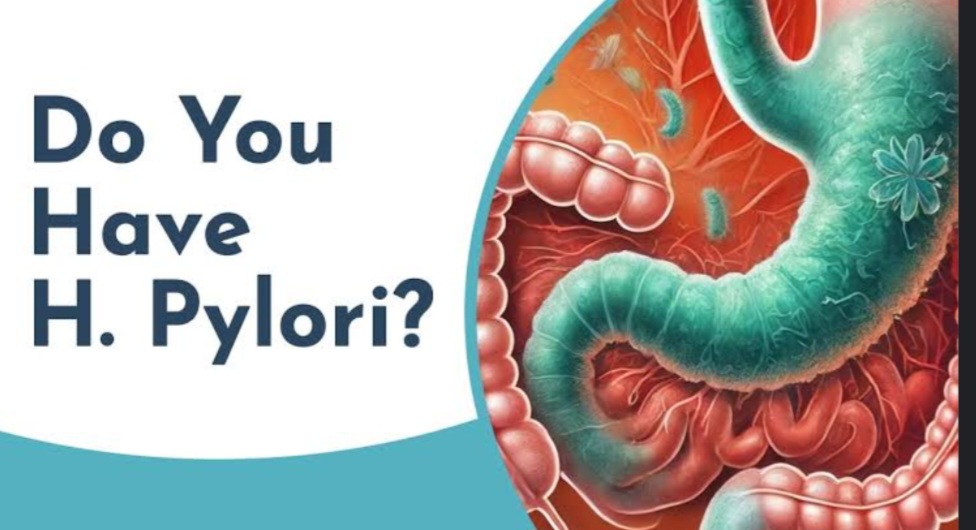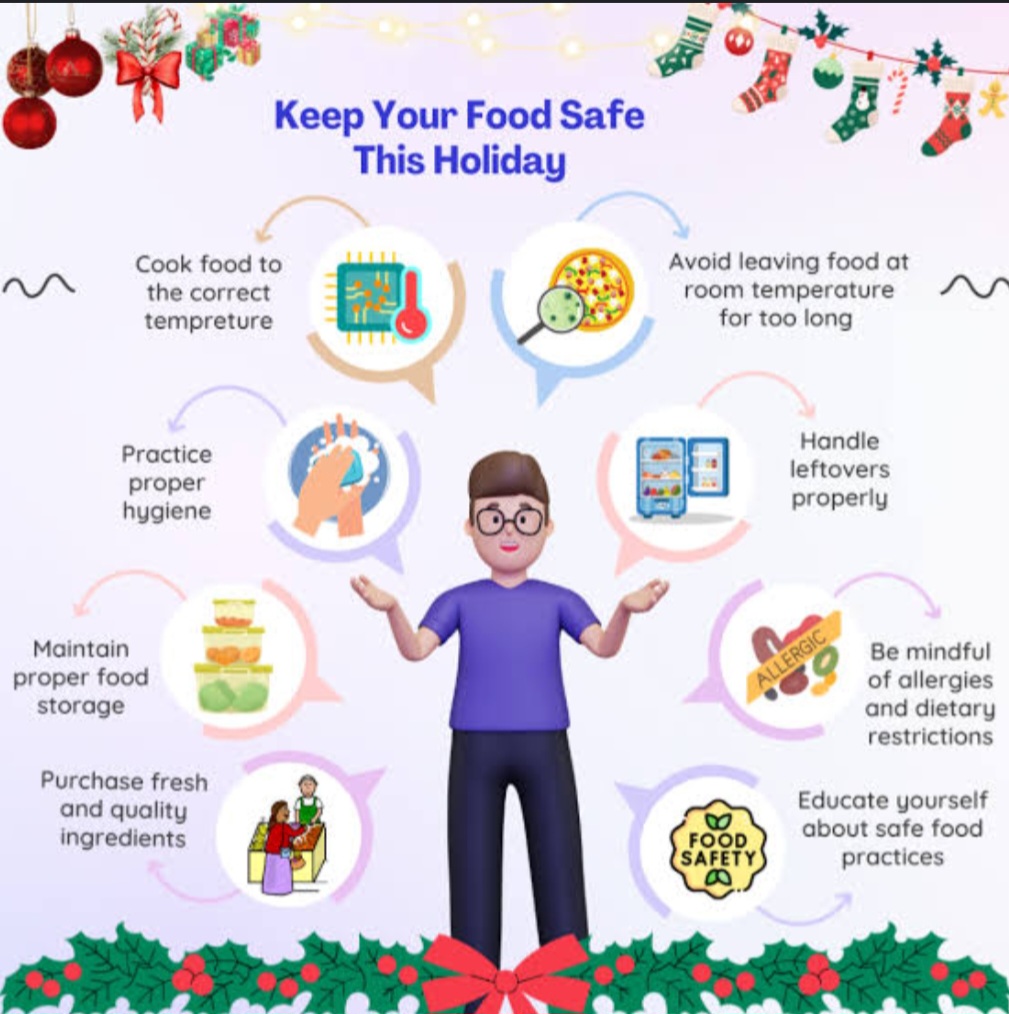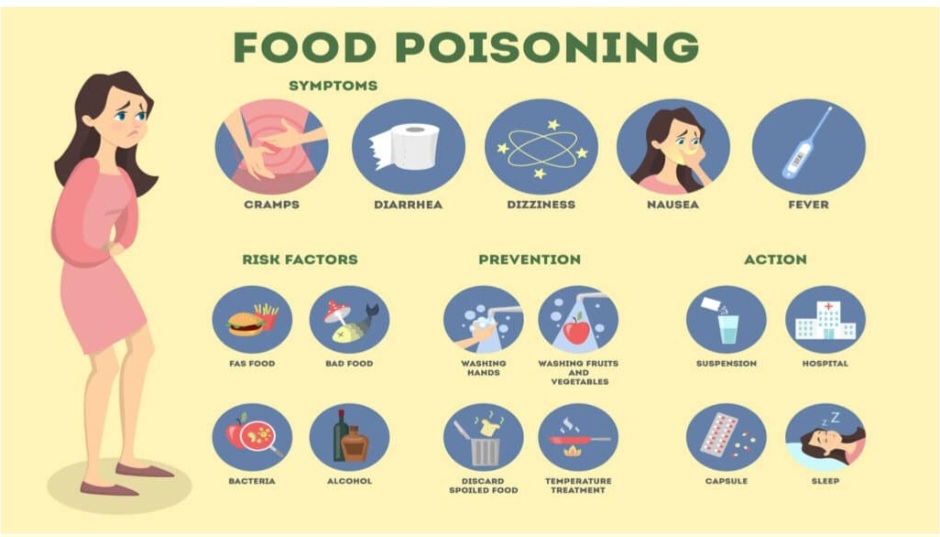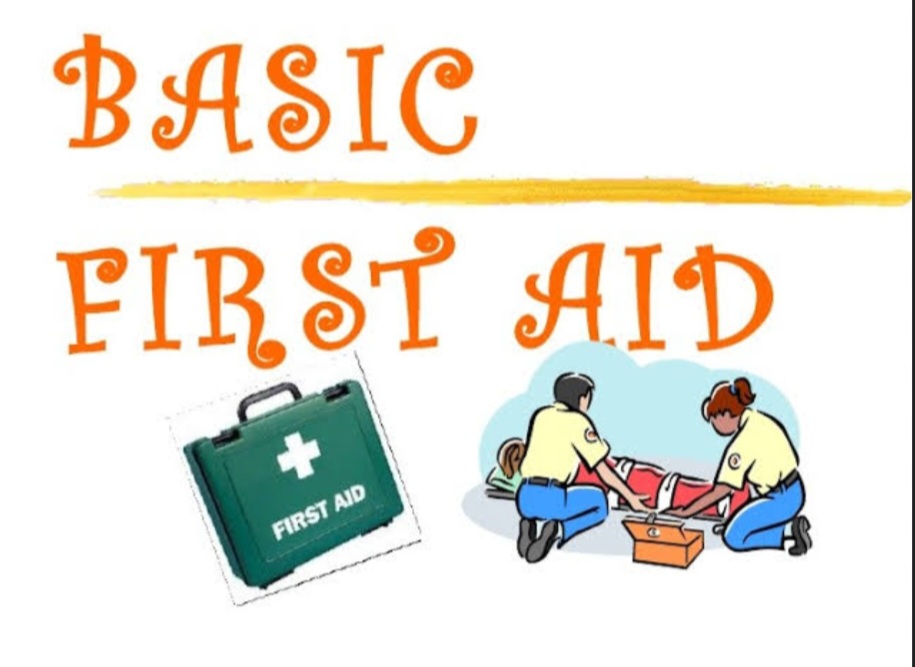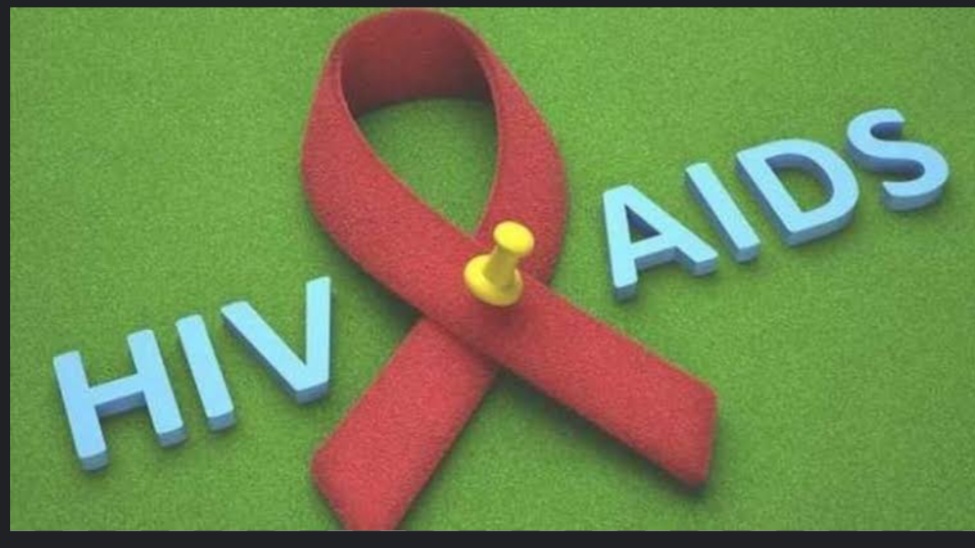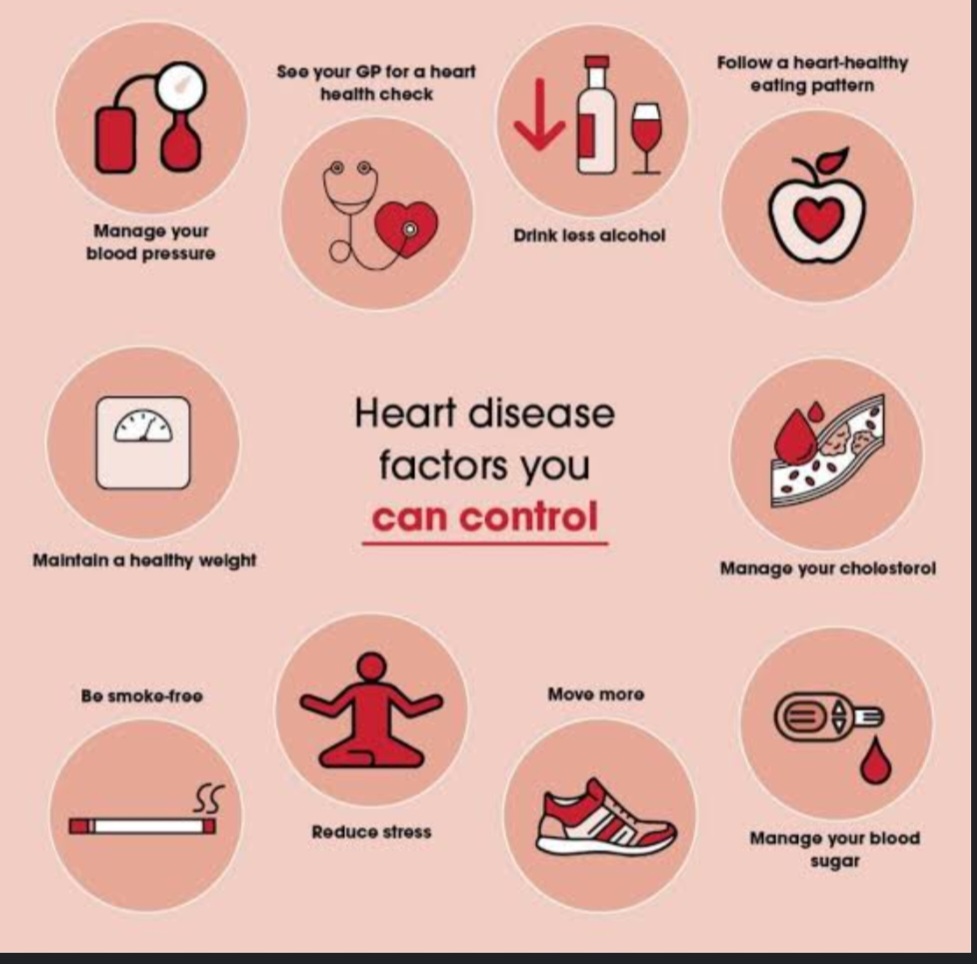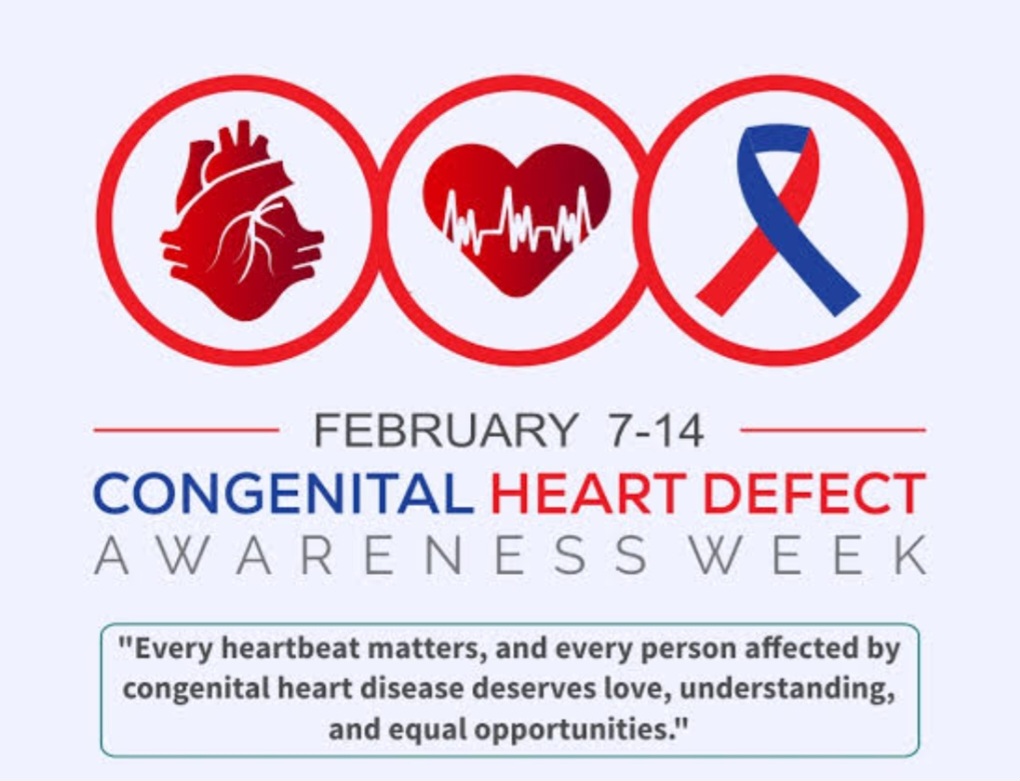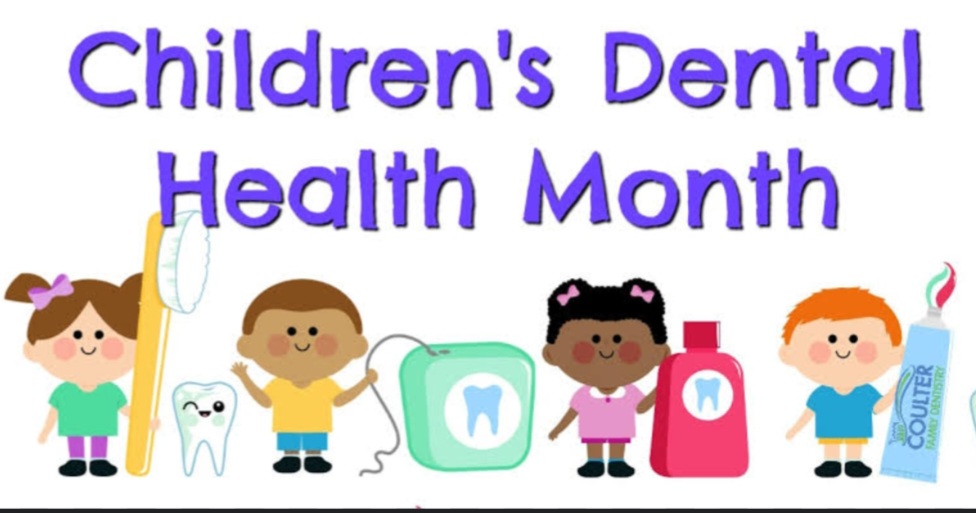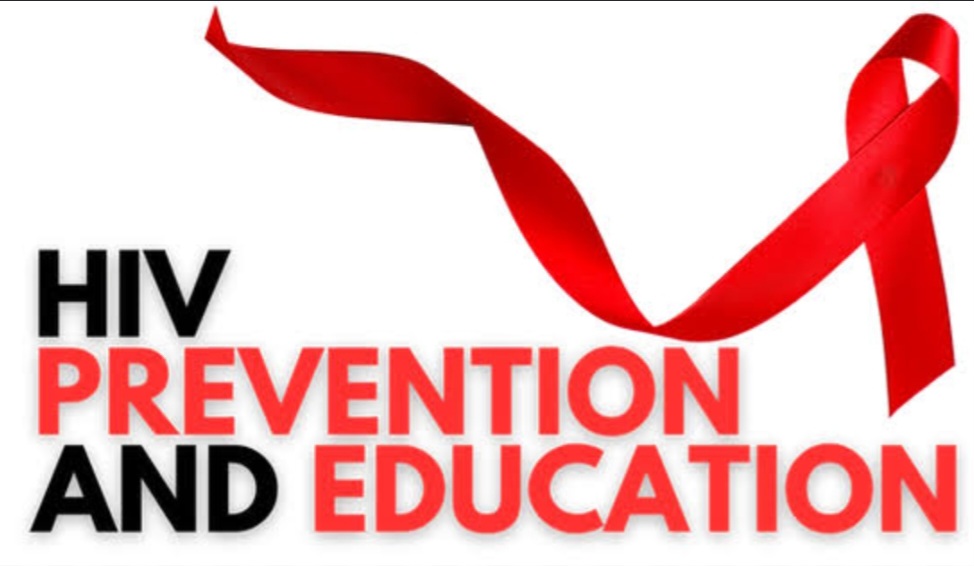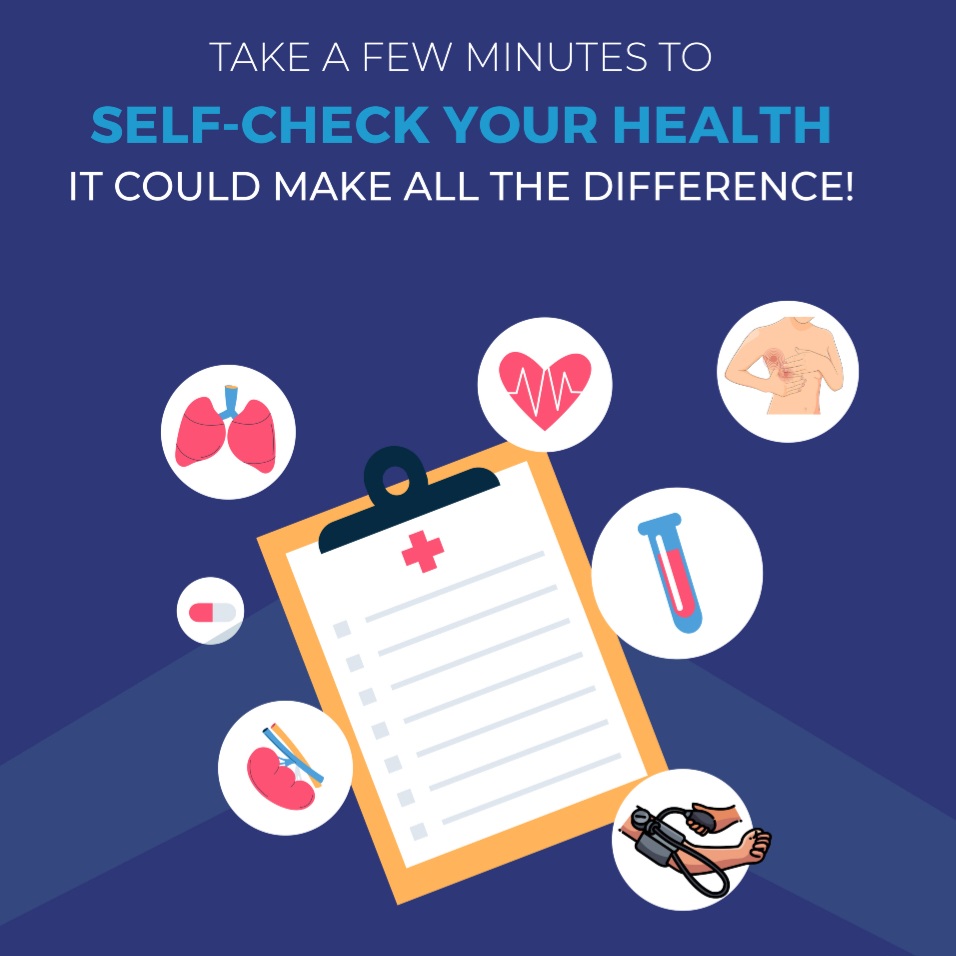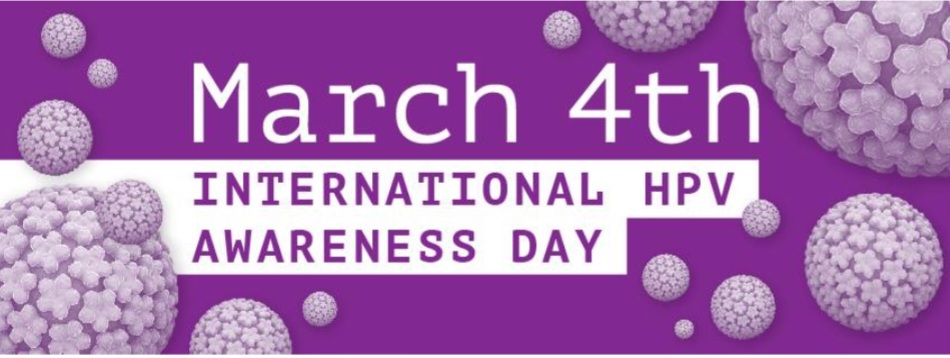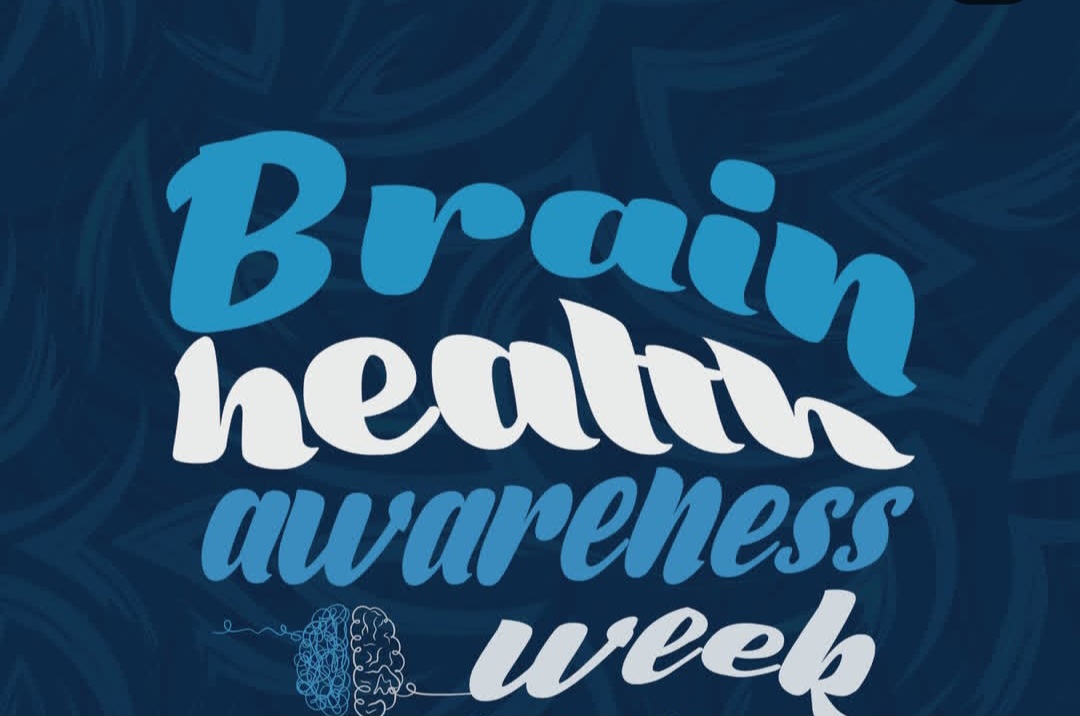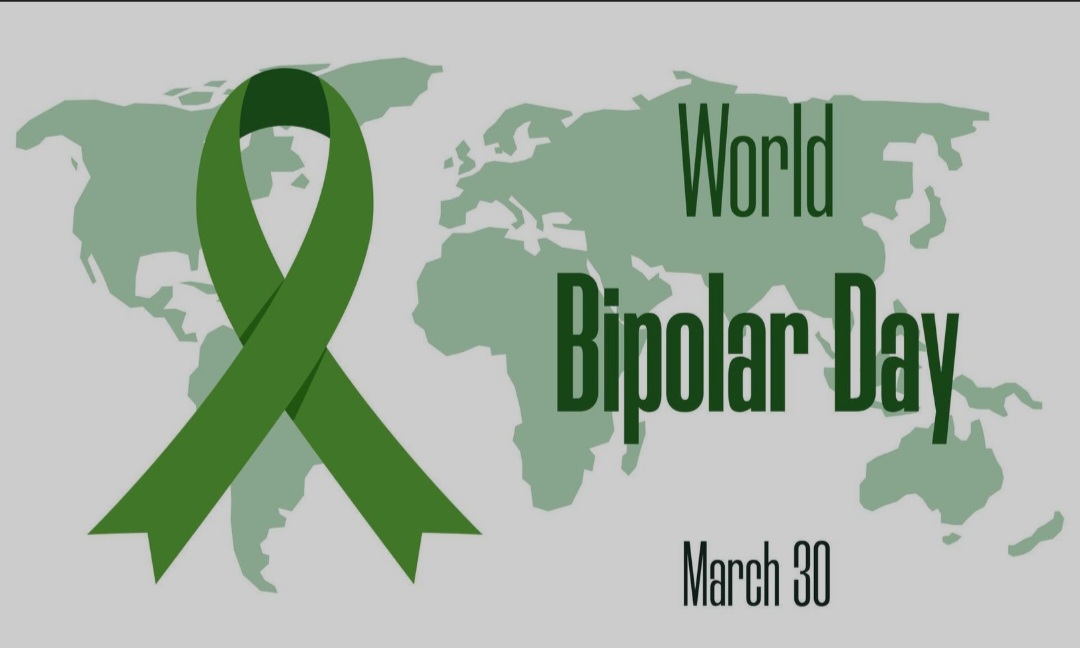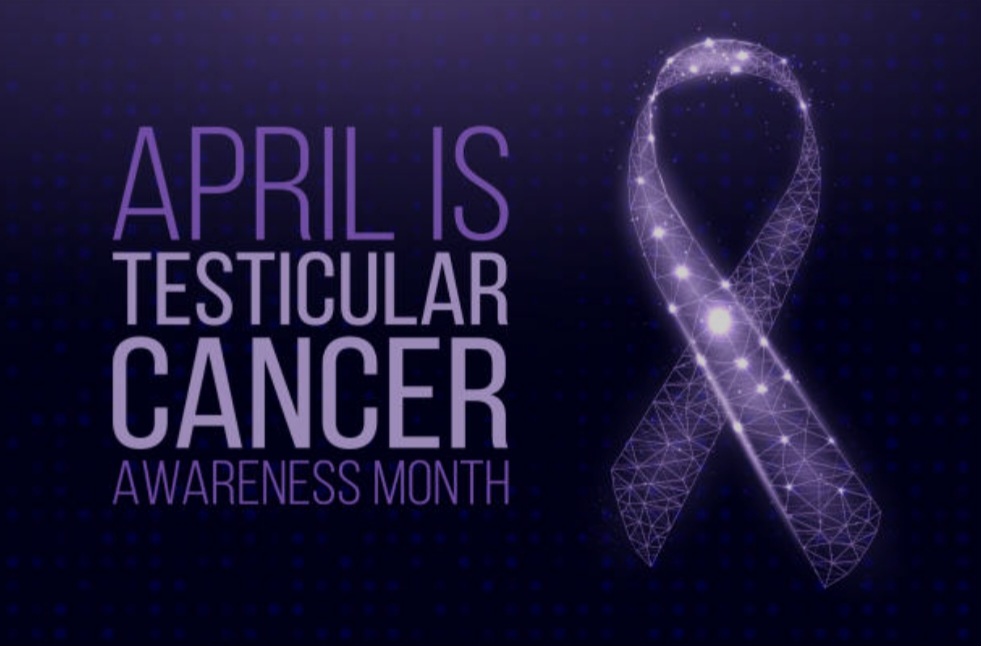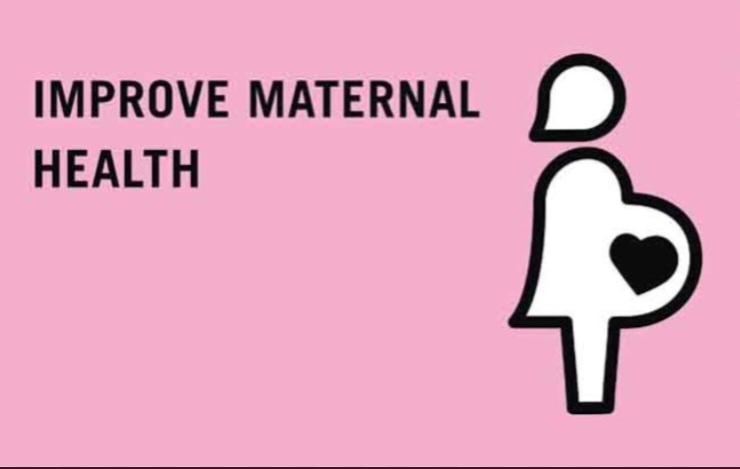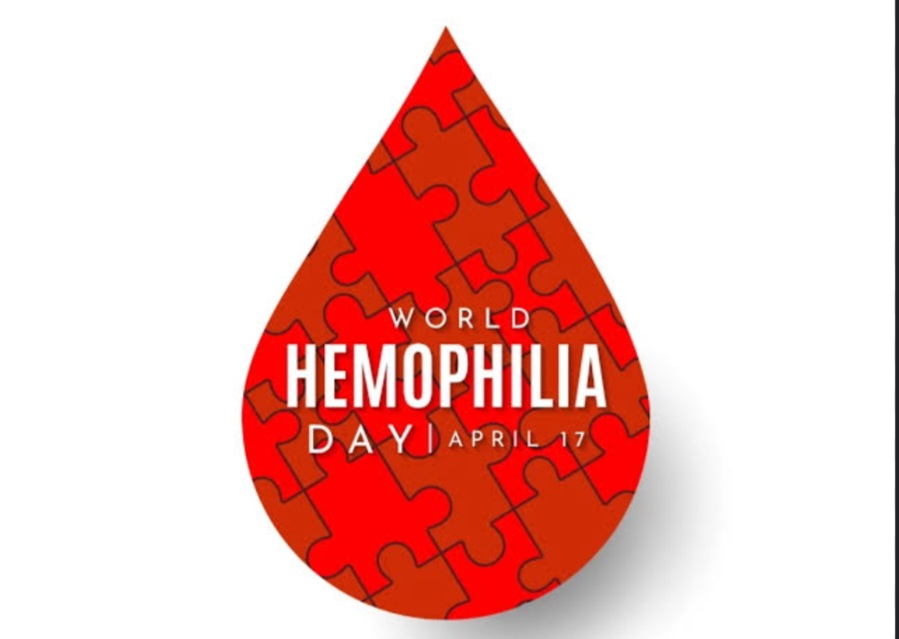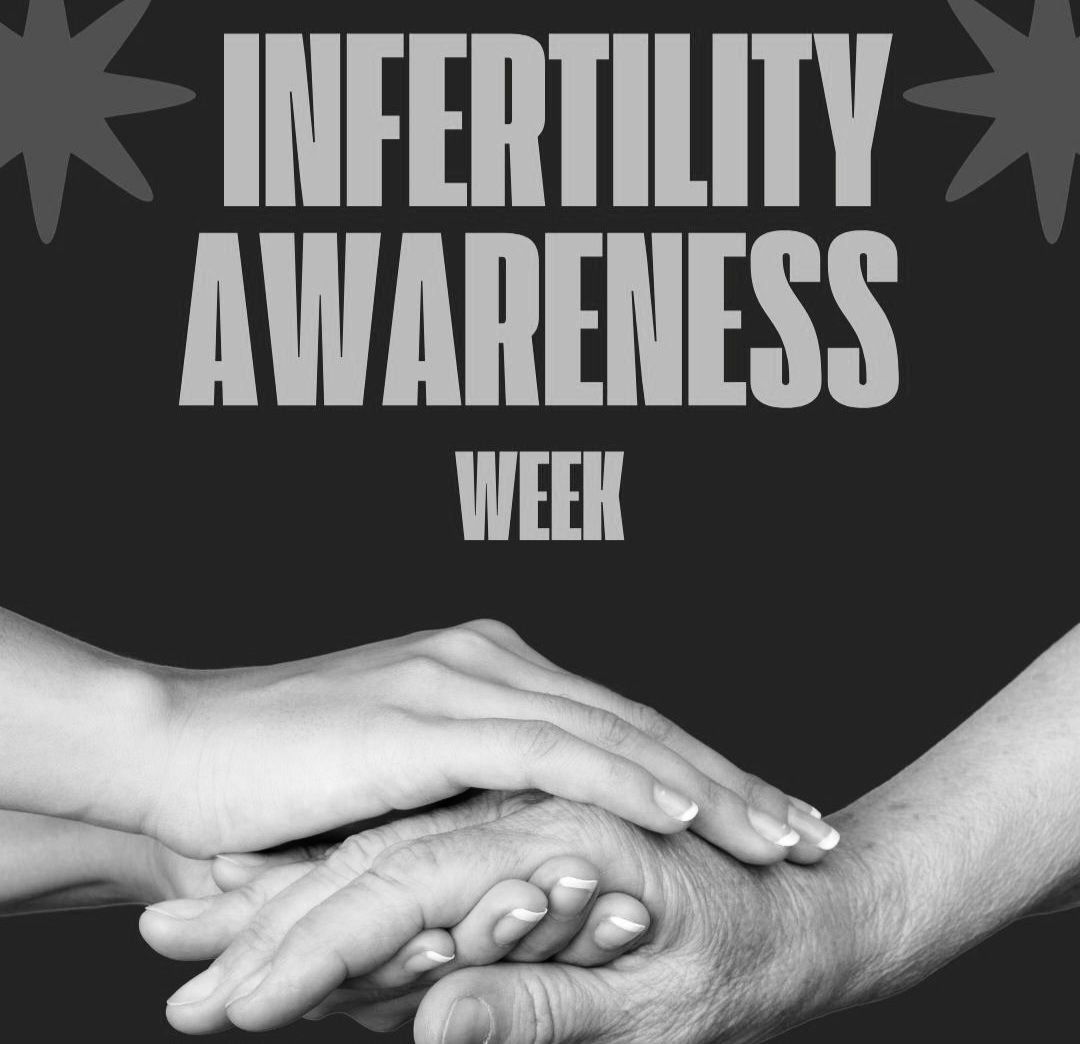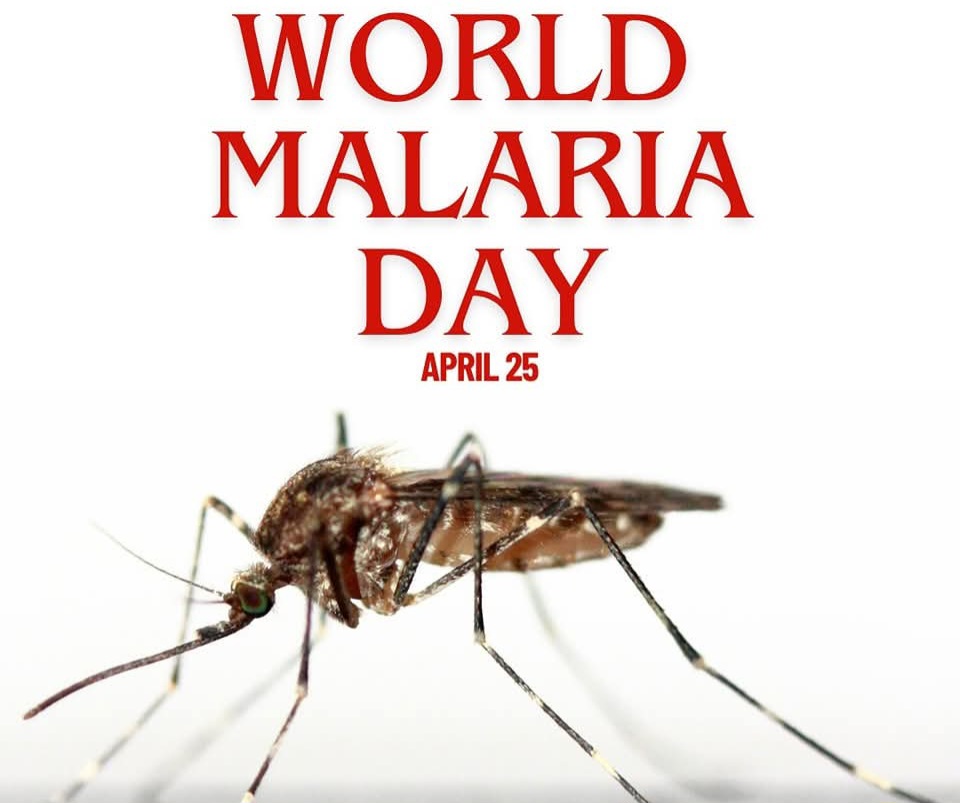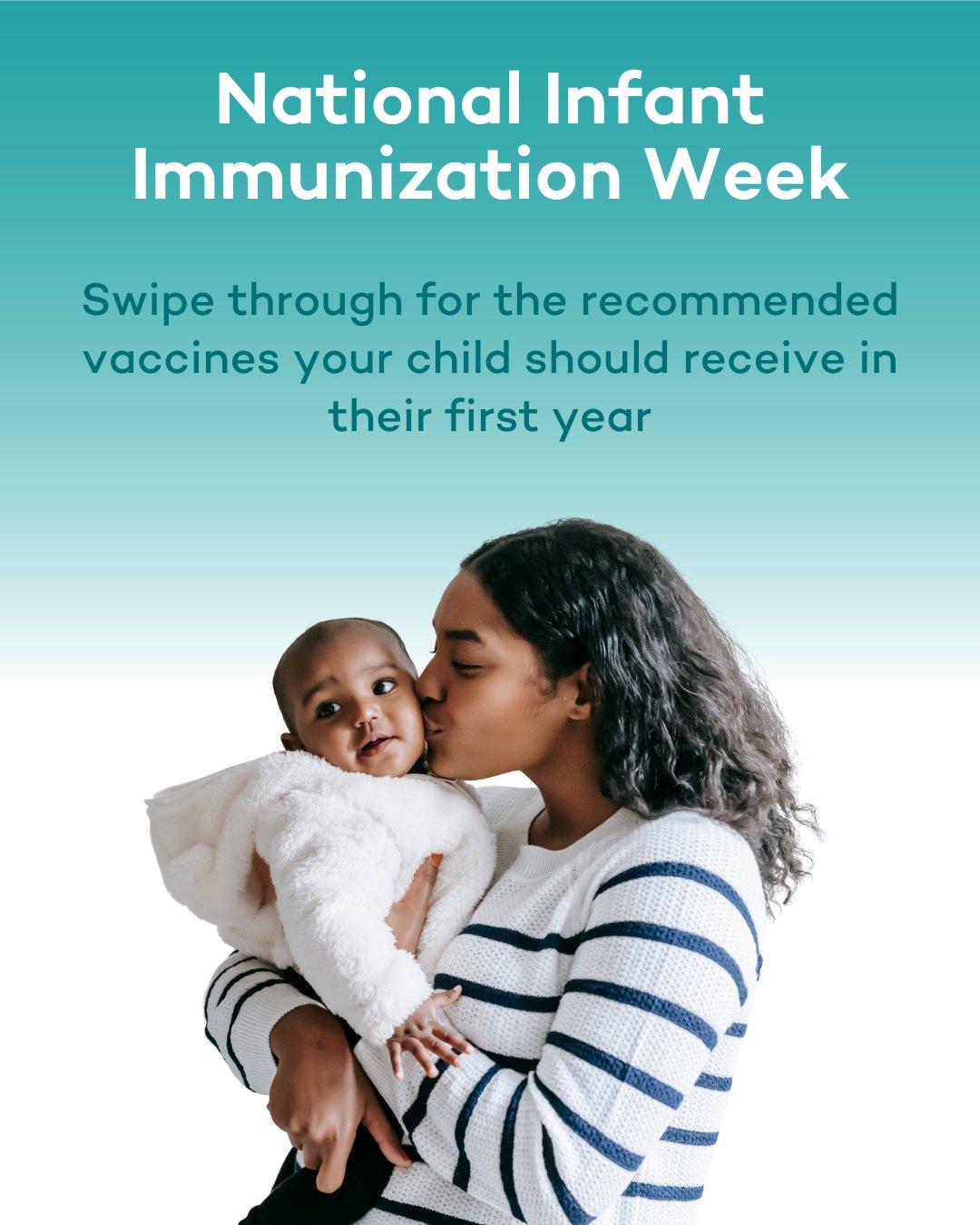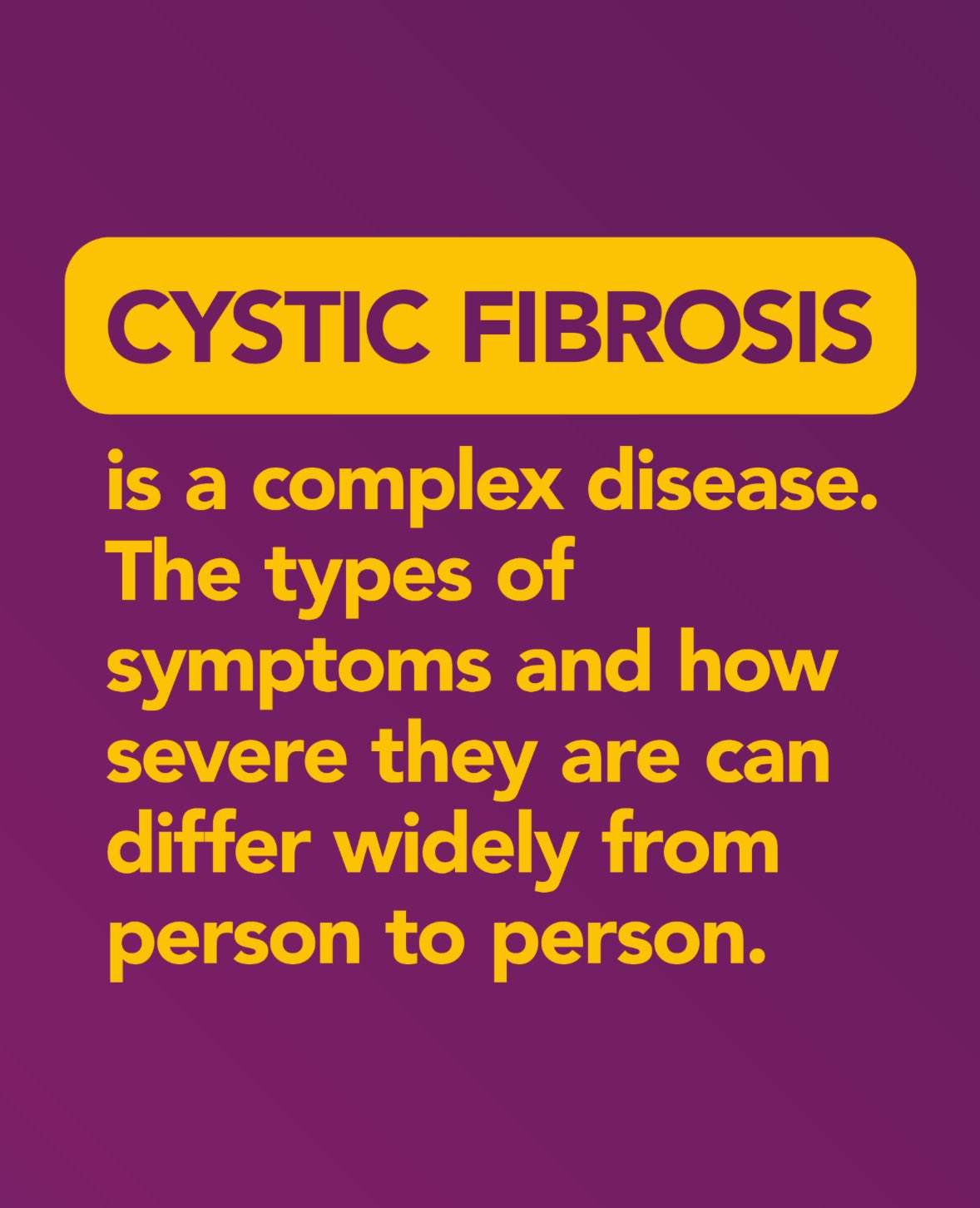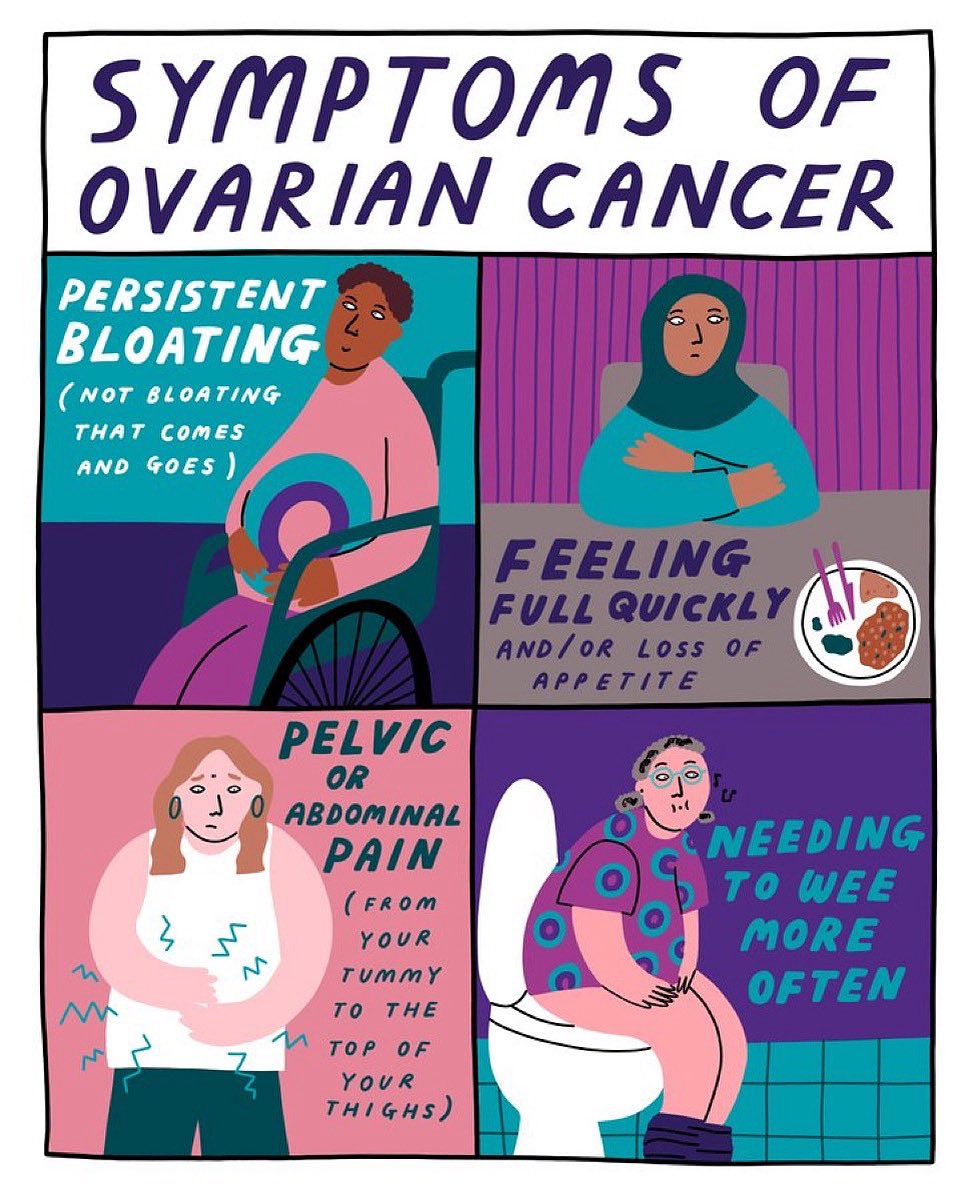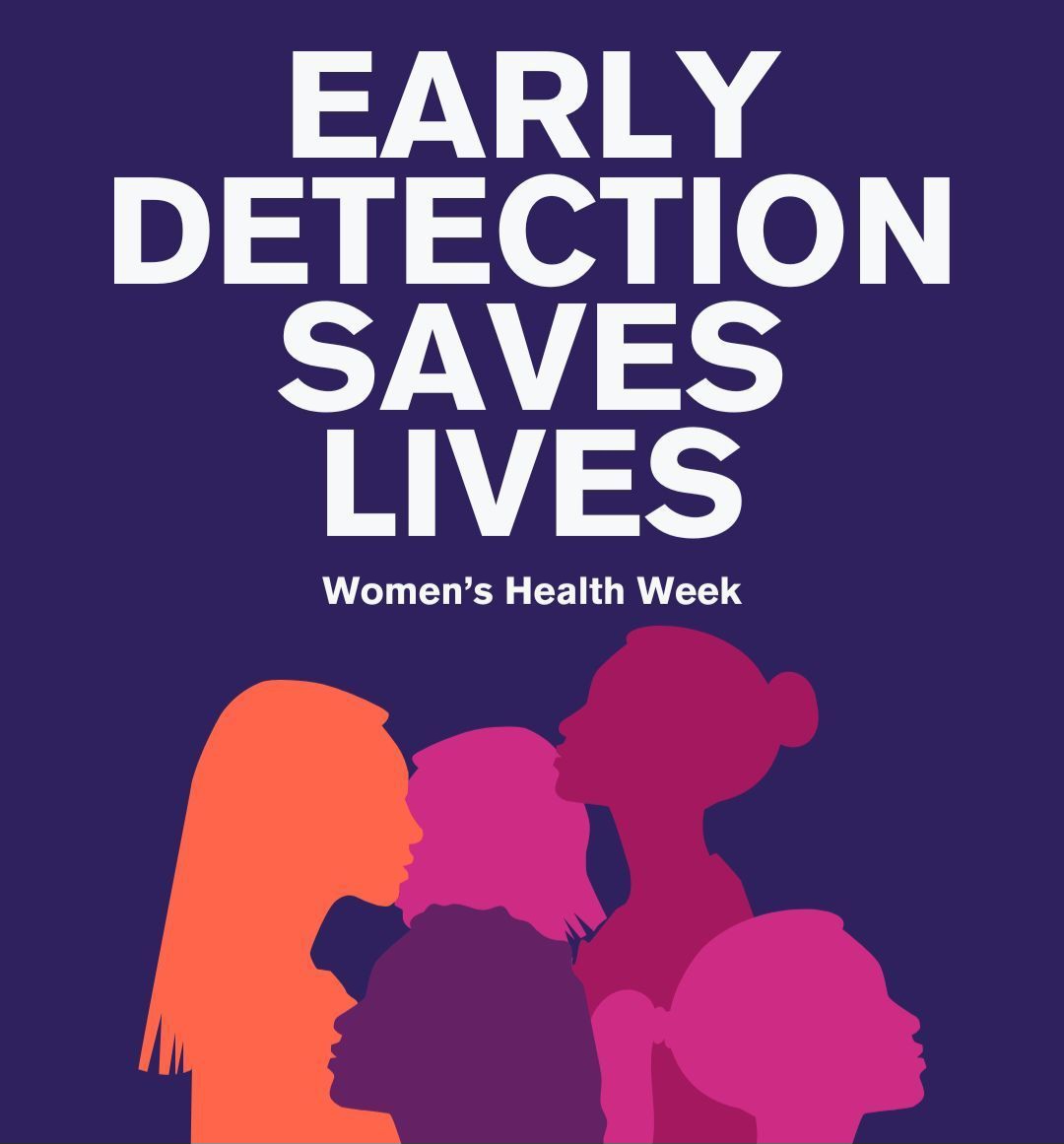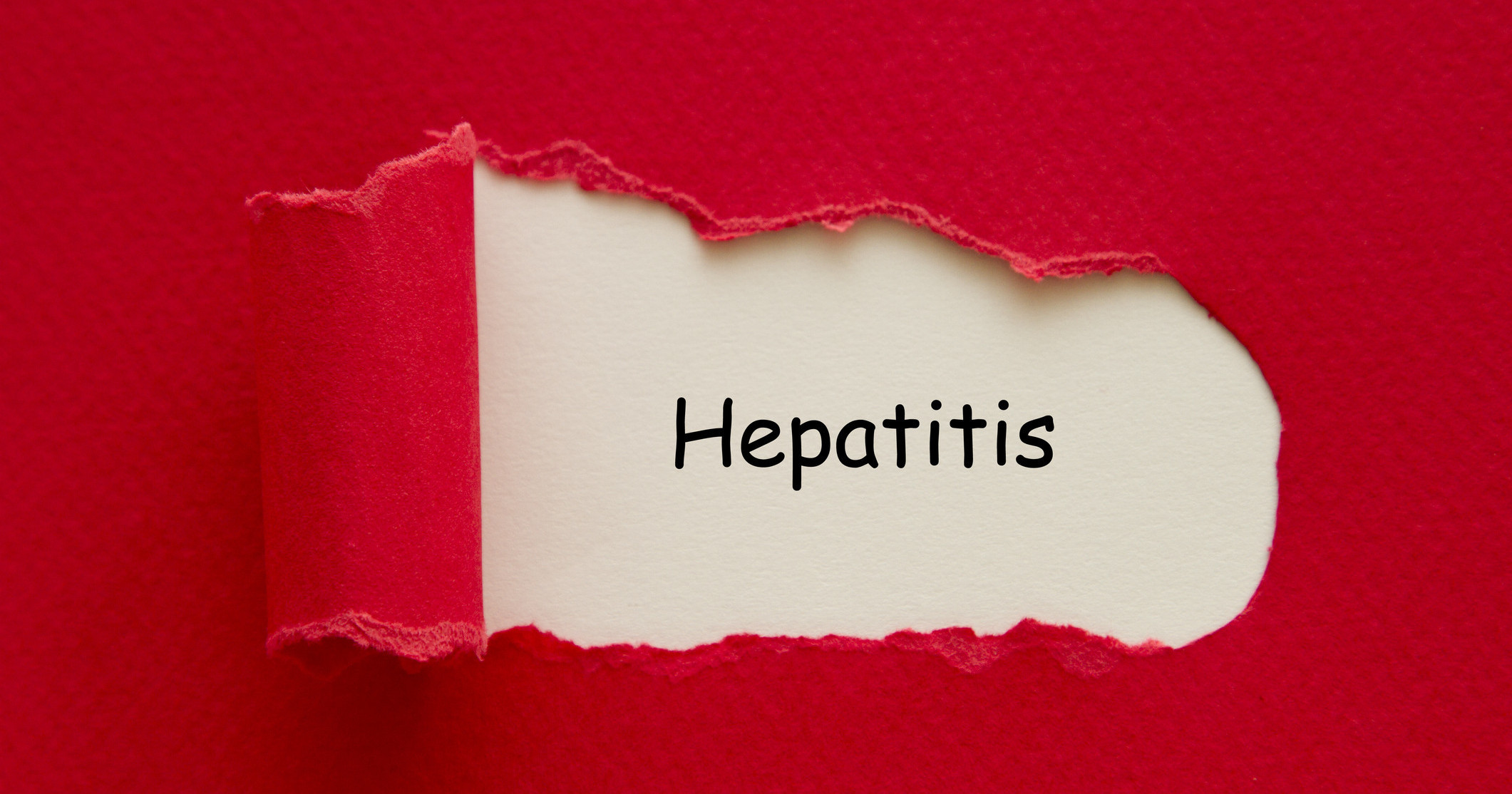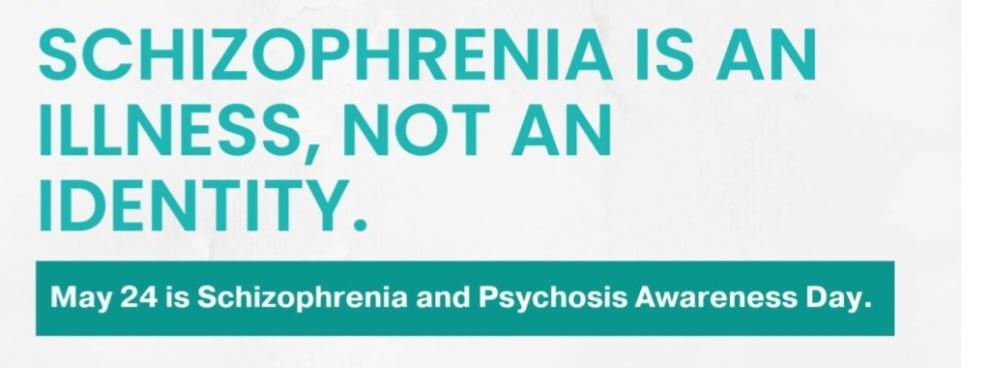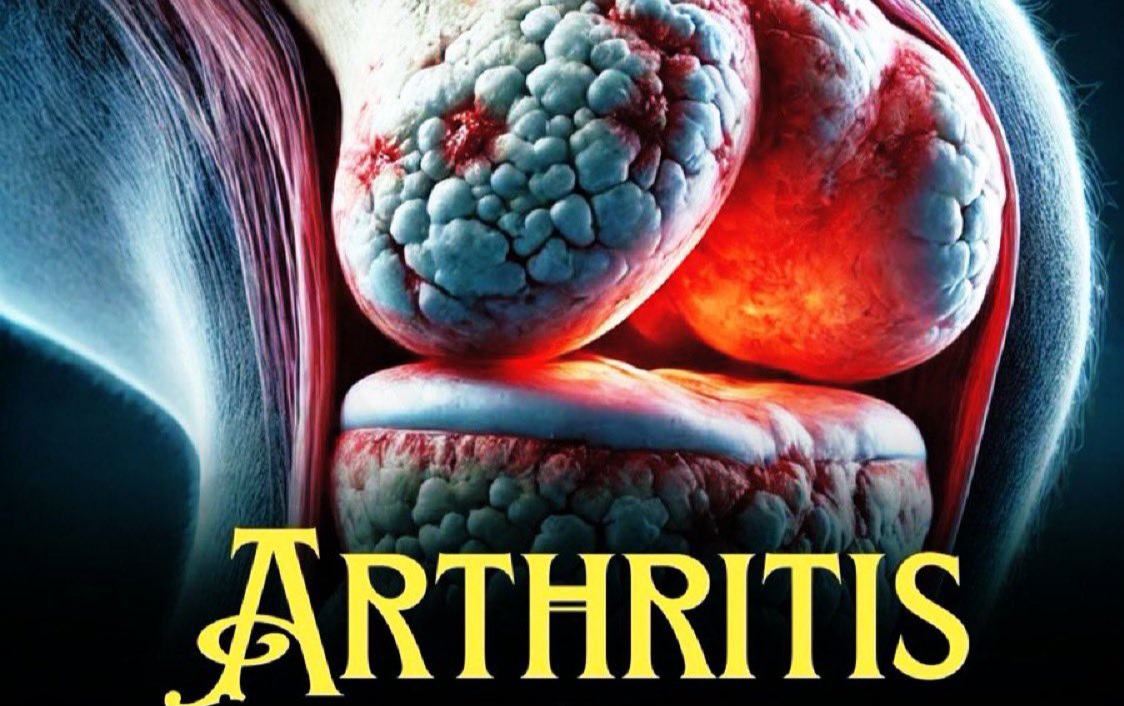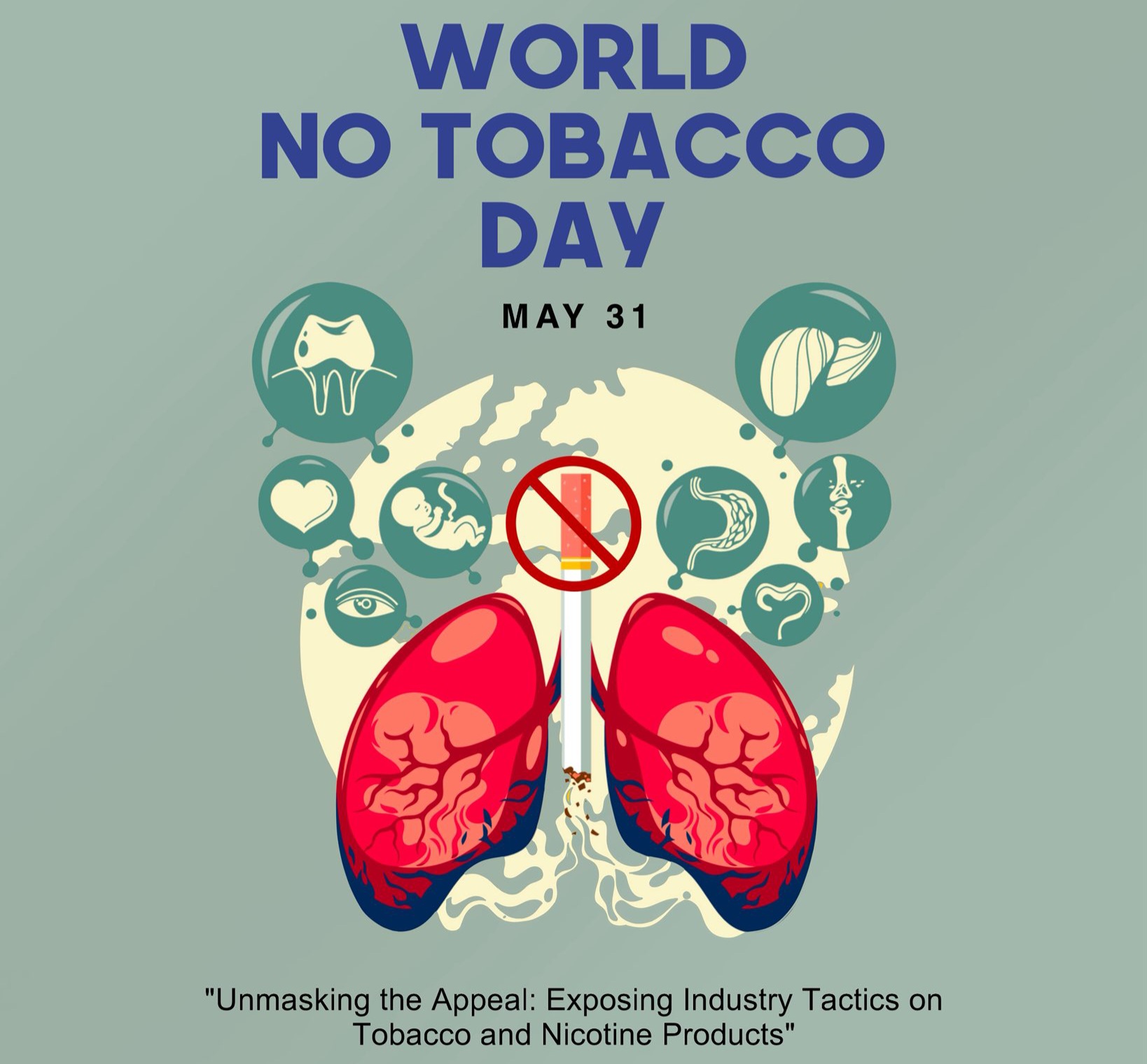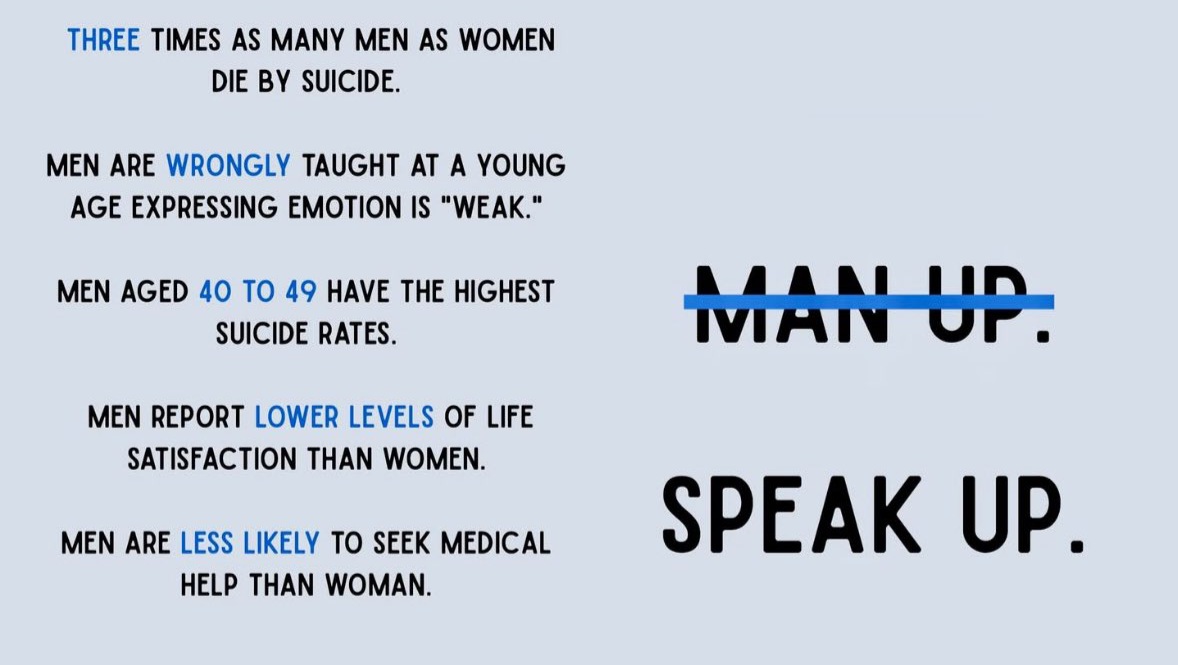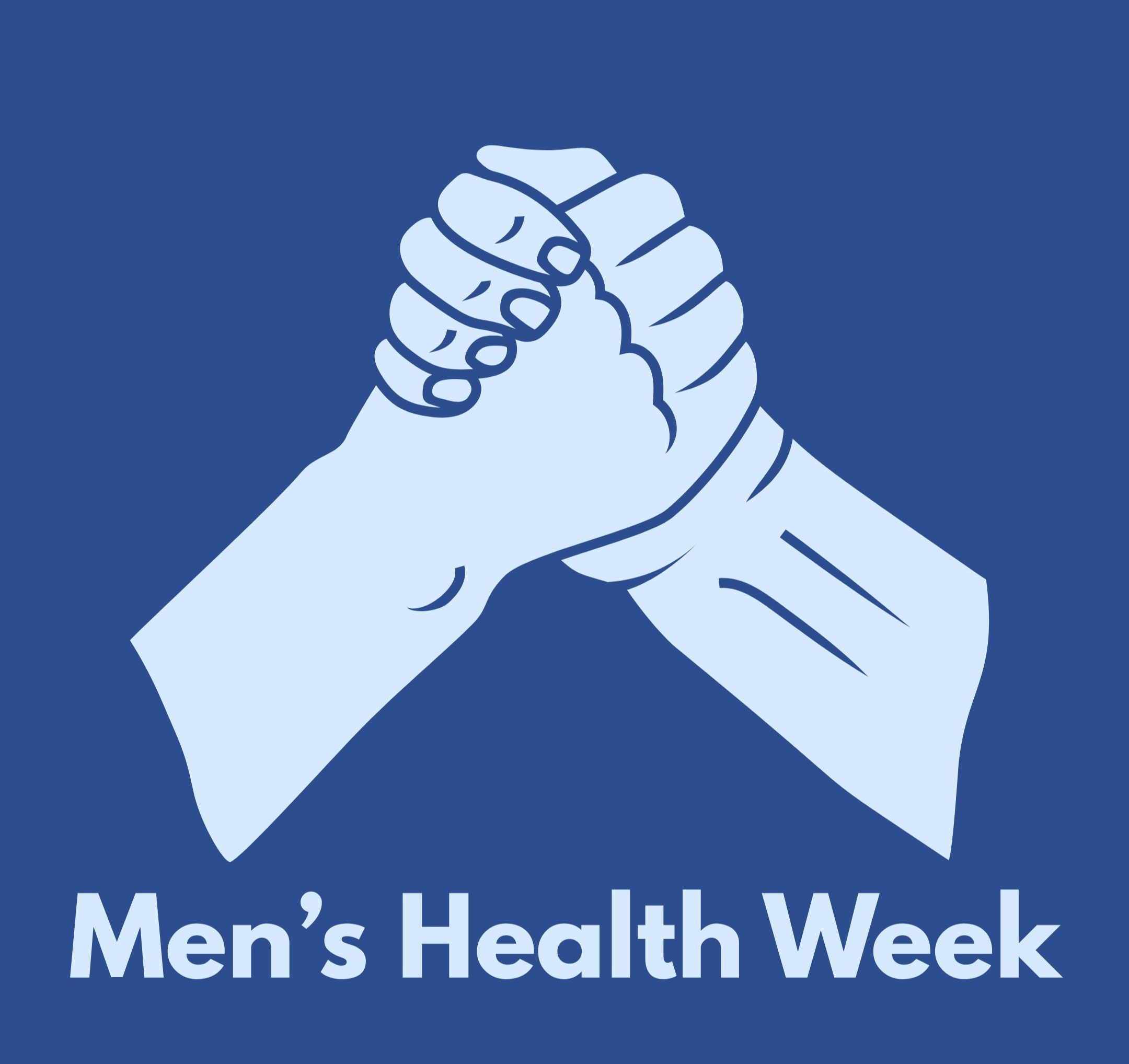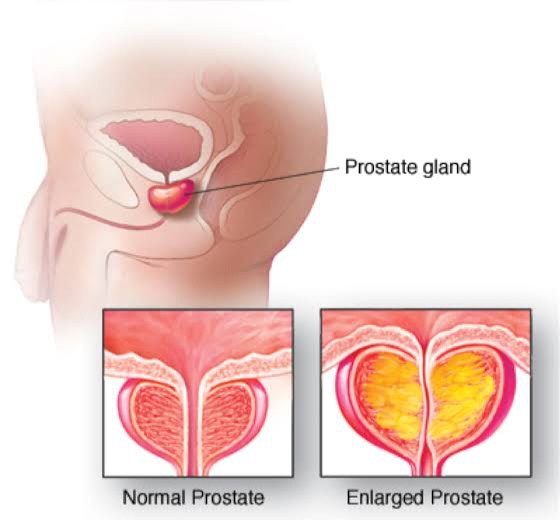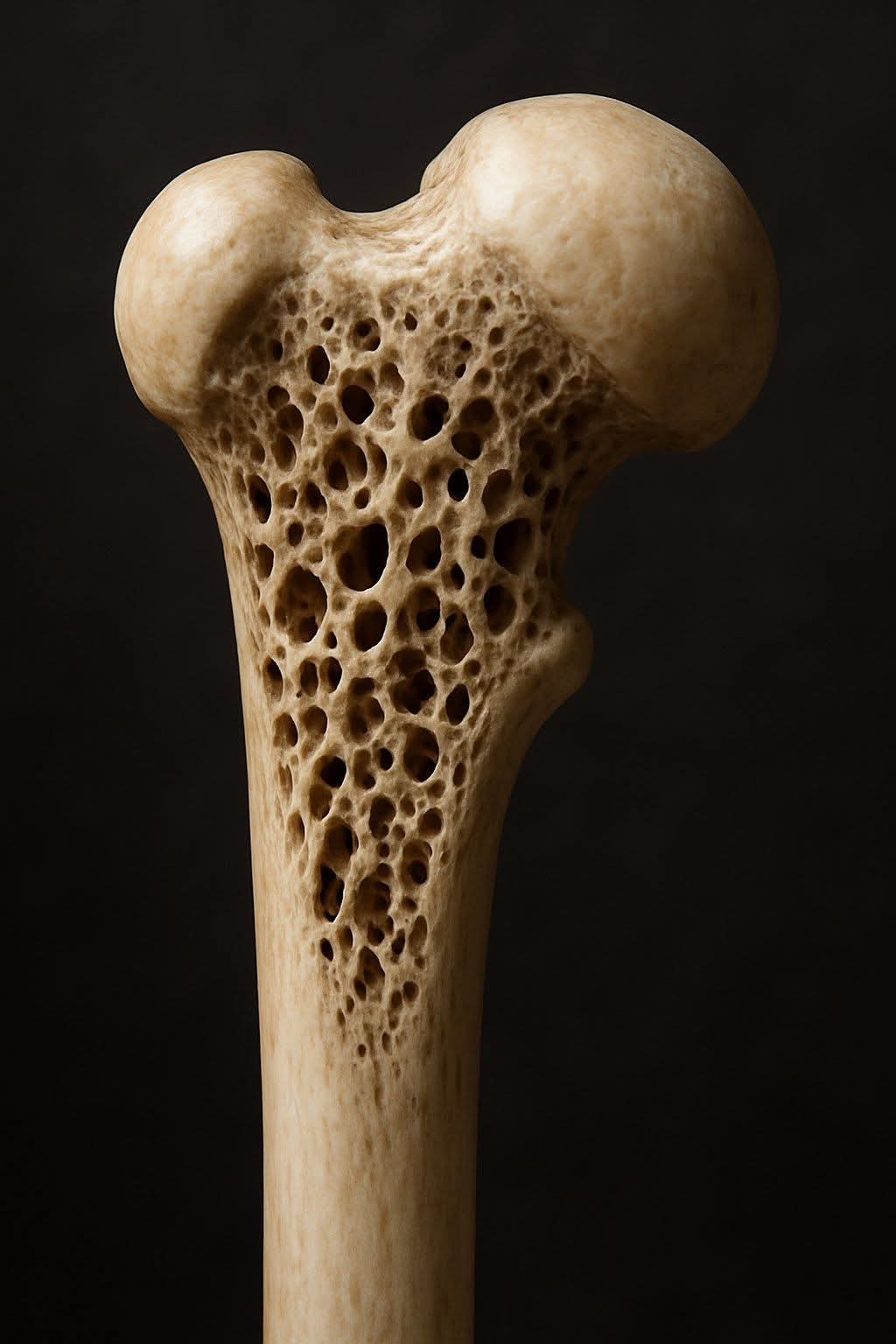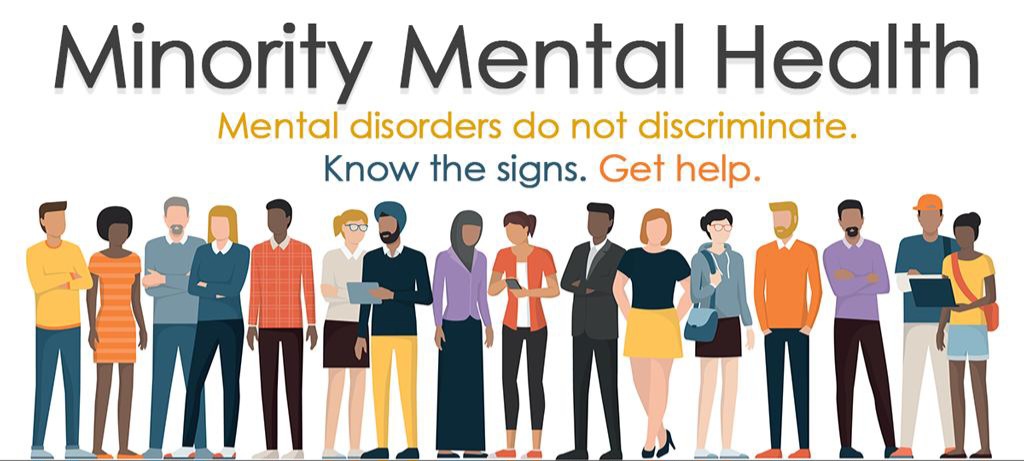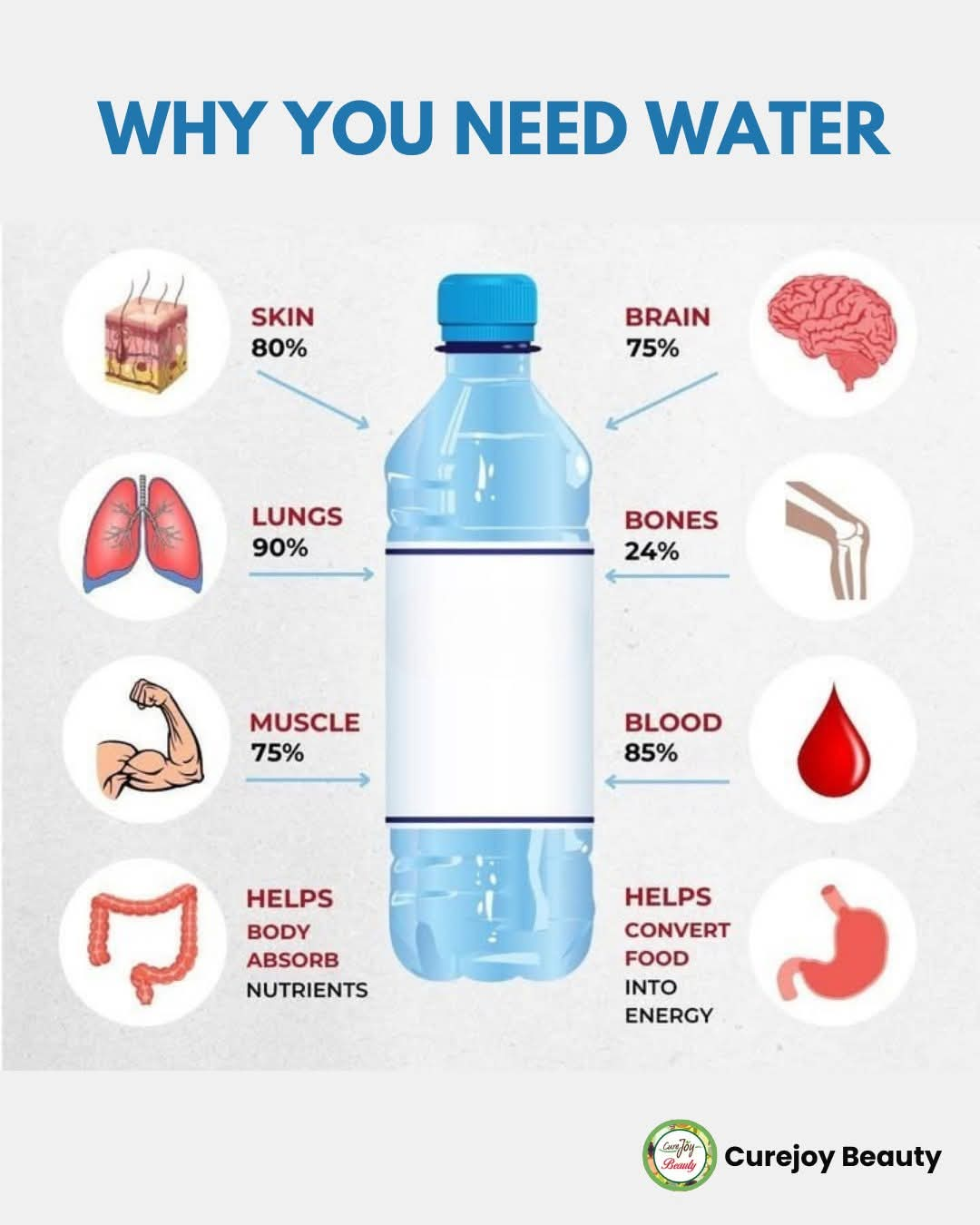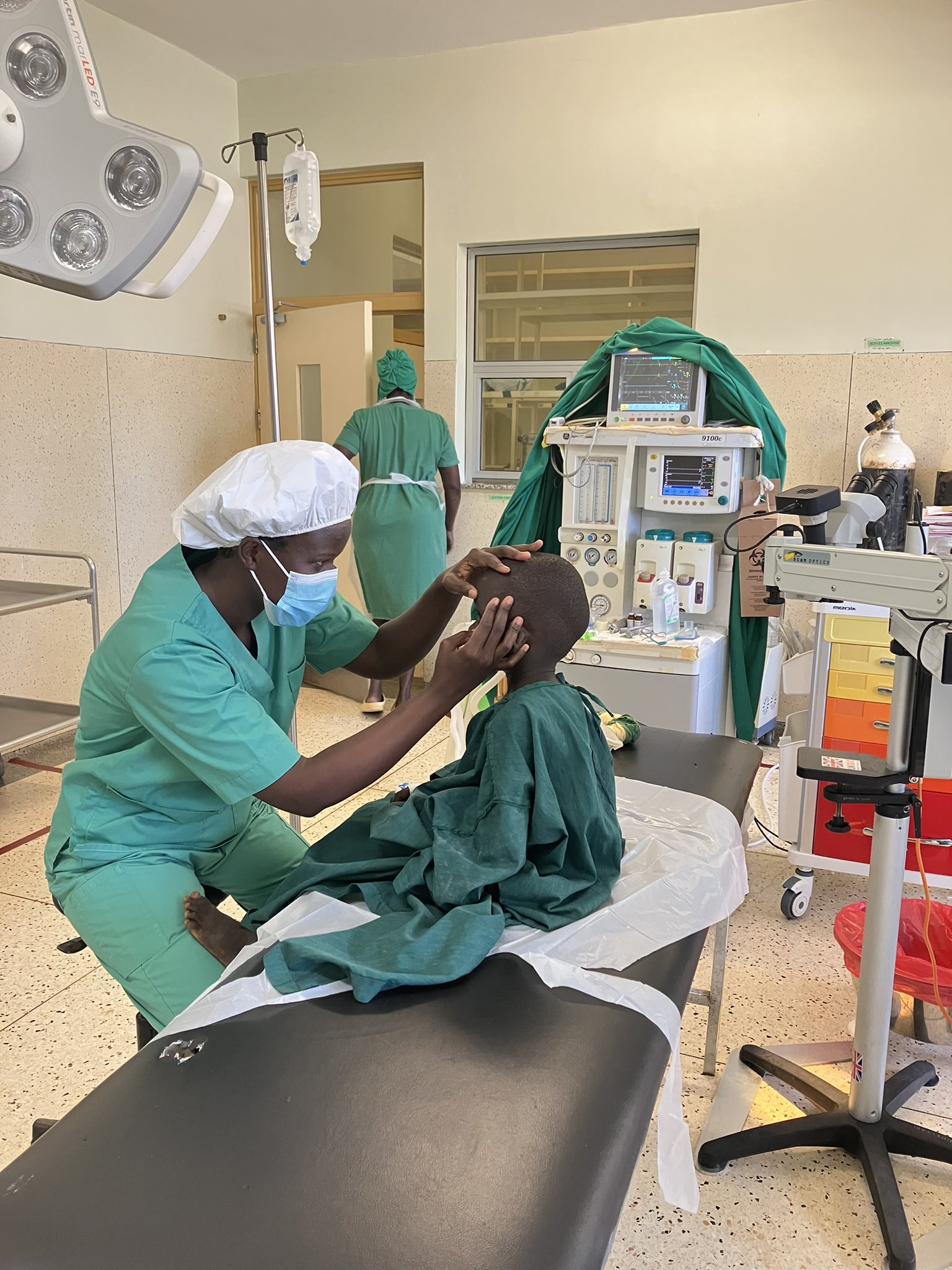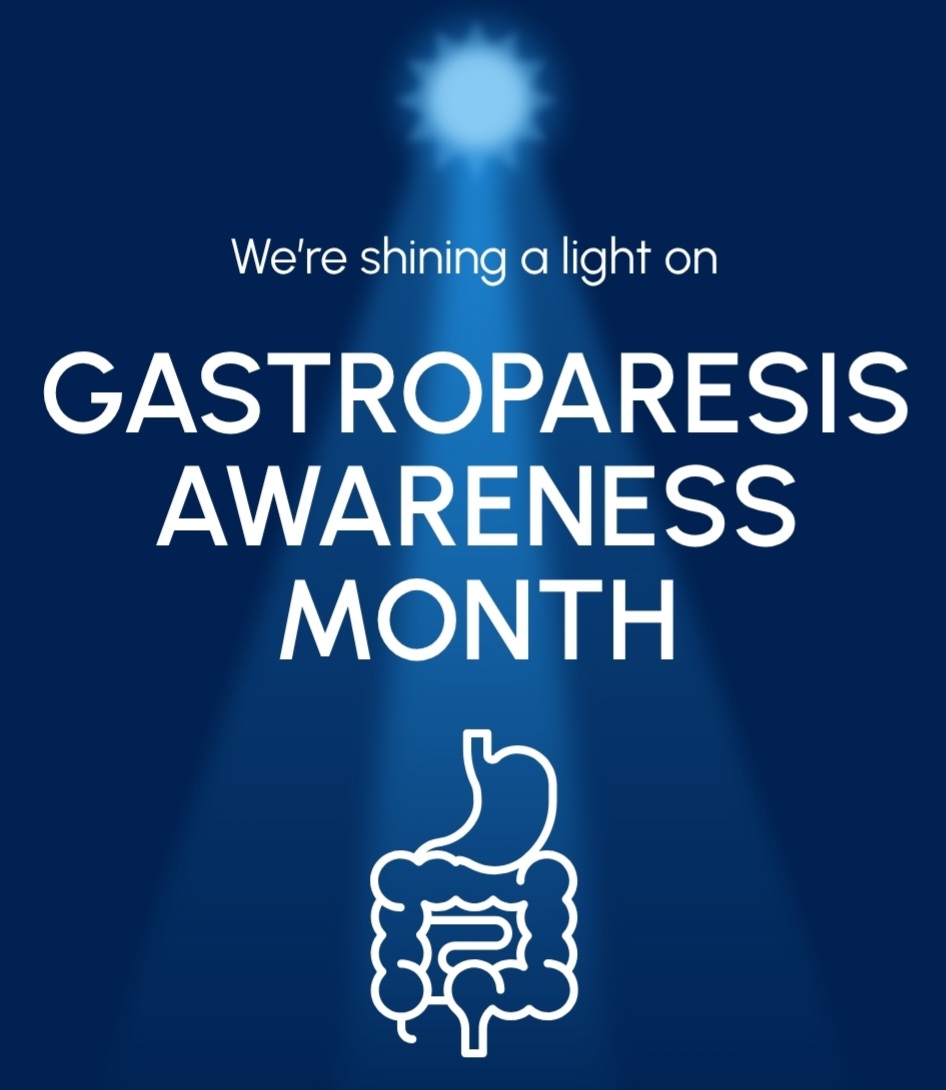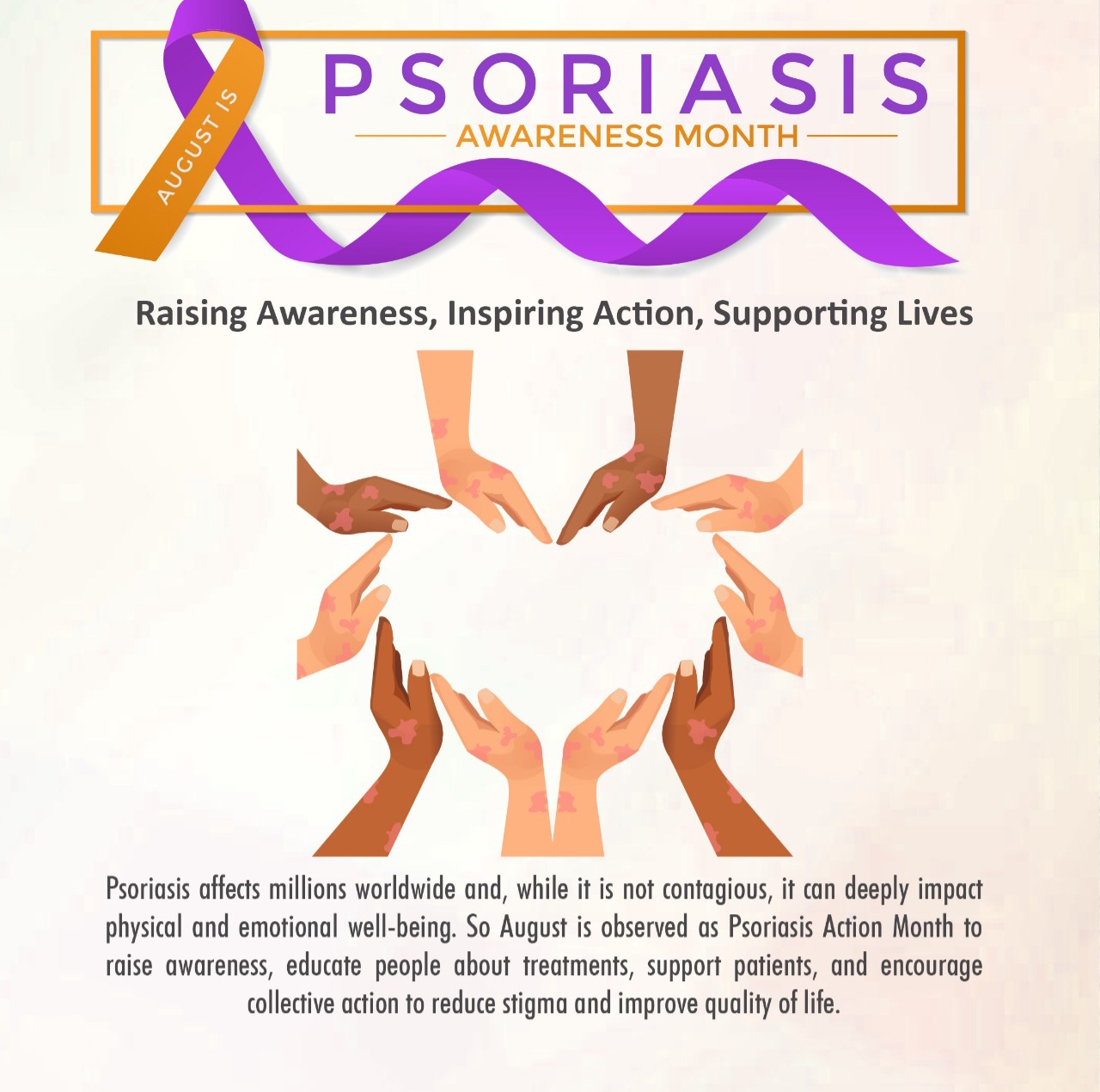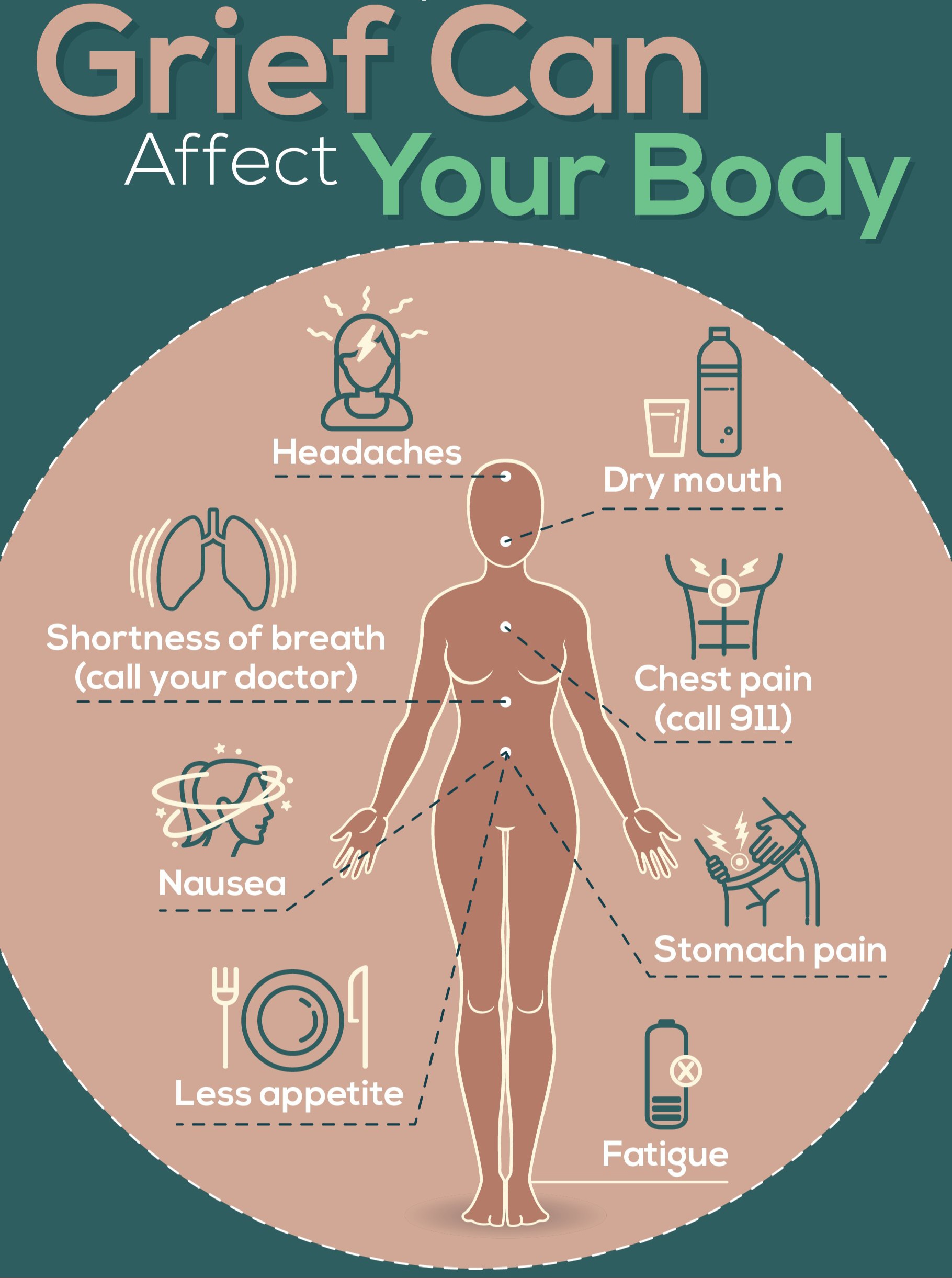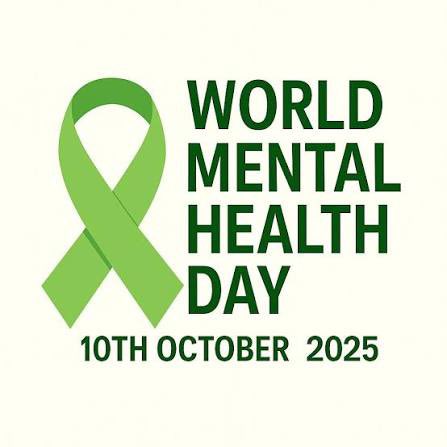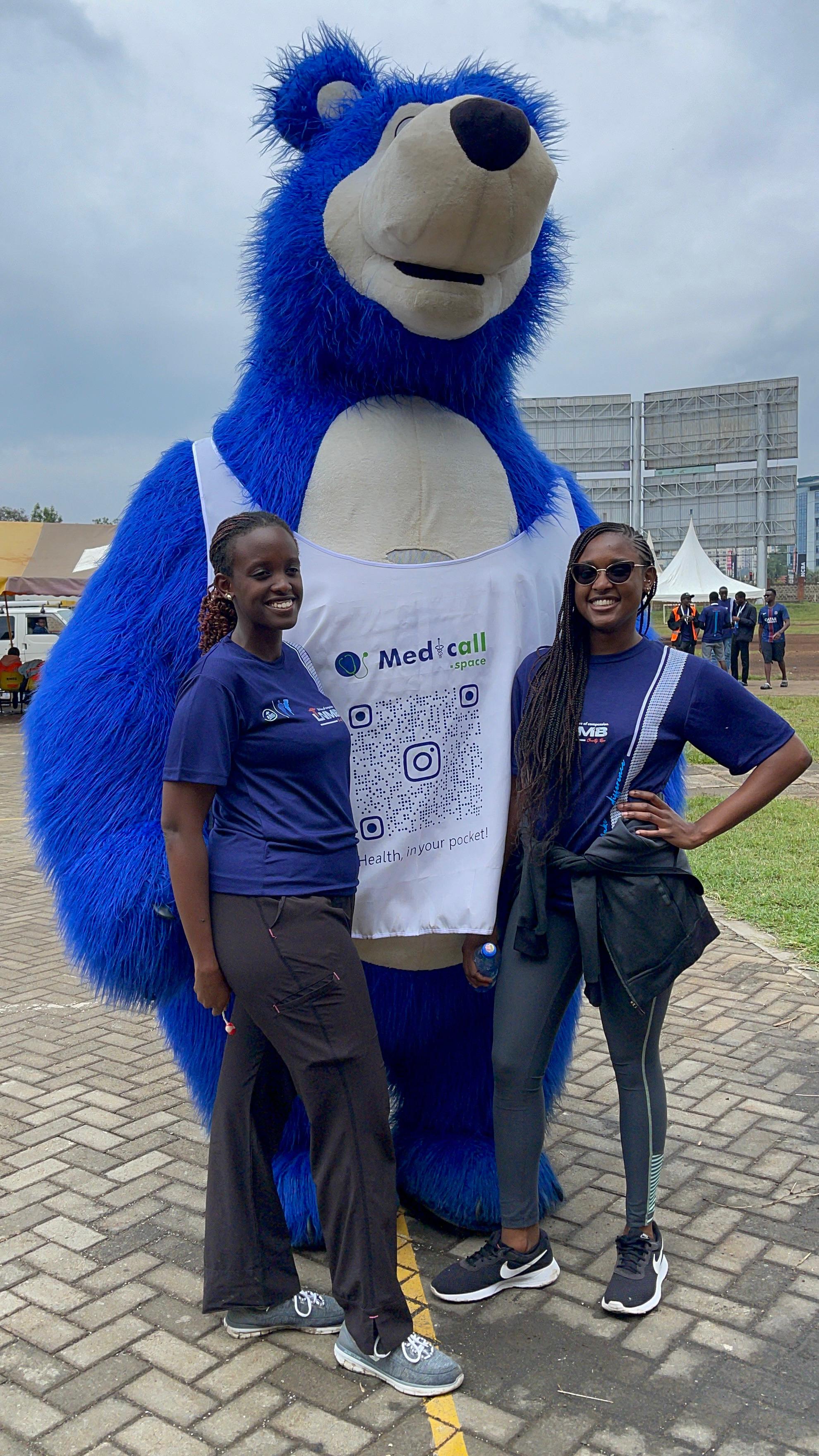PERSONAL HYGIENE HABITS WHEN DEALING WITH COMMON COLD AND FLU
Maintaining a good personal hygiene is important in the prevention and treatment of common cold and flu.
Below are some tips to follow in maintaining better hygiene behaviors;
1. Use a clean handkerchief: always change to a clean handkerchief at least three times a day, make sure you wash your handkerchief with warm,salty and soapy water. This helps to prevent further self-infection.
2. Hand washing: Make sure you wash your hands regularly with soap and water for at least 20 seconds after blowing your nose, coughing, sneezing or touching surfaces that are often contaminated(eg, door handles, stair cases). This prevents further transmission of infection to self.
3. Hand sanitizers: You can use an Alcohol Based Hand Sanitizer when soap and water is not available.
4. Disinfect surfaces: Make sure you regularly clean and disinfect touched surfaces/objects such as switches, door handles and mobile devices with, use jik, soapy water or sanitizers. This prevents further infection transmission to self and other people.
5. Avoid touching your face: You should not touch your eyes, mouth or nose while sick as this will cause the infection/virus to re-enter your body.
6. Use of masks: You should always wear a mask while in public places/or when in the house and your family members have the common cold or flu. This prevents you from transmitting to other people or contracting more infections from others.
7. Dispose of waste properly: You should always dispose your used tissues and masks in a closed trash can. This prevents the virus/infection from staying on open air and transmission to other people.
8. Cover your mouth: You should always cover your mouth and nose while coughing or sneezing. Cover using a clean handkerchief or using your elbow, to prevent transmitting the flu or cold to other people.
8. Hydration and Rest: Always drinks plenty of clean water and fluids like soup and porridge. Take enough rest in a day. This supports your immune system to fight of the infections.
NOTE: Personal Hygiene Practices allows you to recover quicker and also protects you, your family, and other people around you from getting cold or flu.
MYTHS AND MISCONCEPTION AROUND COMMON COLD AND FLU.
There are some false information that may mislead you from knowing how to protect yourself from getting cold or flu or handling a cold/flu episode. You can learn about these myths and discover the facts about cold and flu
A)Common Cold
Myth: You can catch a cold from being cold or wet.
Fact: The common cold is caused by viruses, primarily rhinoviruses. While exposure to cold weather or getting wet might lower your immune response slightly, it’s not a direct cause of the cold. It’s the virus that causes the illness, not the temperature or wet conditions.
Myth: Antibiotics can cure the common cold.
Fact: Antibiotics are effective against bacterial infections, not viral ones. Since the common cold is caused by viruses, antibiotics won’t help. The best approach is usually rest, hydration, and over-the-counter medications to relieve symptoms.You can only take the antibiotics if the cold or flu has caused a further infection like throat strep.
Myth: You can not get a cold from someone who is not showing symptoms.
Fact: While people are most contagious when they have symptoms, they can still spread the virus before symptoms appear. However, the highest risk of transmission is usually when symptoms are present.
Myth: You should avoid exercise when you have a cold.
Fact: Light to moderate exercise is generally okay if you have mild cold symptoms (like a runny nose or sore throat) and no fever. Exercise might even boost your immune system. However, if you have more severe symptoms, like fever, you are strongly advised to rest.
B)Flu (Influenza)
Myth: The flu is just a severe cold.
Fact: The flu and the common cold are caused by different viruses and have distinct symptoms. The flu often comes on suddenly and can cause high fever, severe body aches, and fatigue. Colds are usually milder and develop gradually.
Myth: You don’t need a flu vaccine every year.
Fact: The flu vaccine needs to be updated annually because flu viruses evolve and new strains emerge. The vaccine's effectiveness can also decrease over time, so getting vaccinated each year helps maintain protection.
Myth: You can get the flu from the flu vaccine.
Fact: The flu vaccine is made from inactivated (dead) viruses or pieces of the virus, so it cannot cause the flu. Some people might experience mild side effects, like soreness at the injection site or a low-grade fever, but these are not the flu.
Myth: You only need to worry about the flu if you’re elderly or very young.
Fact: While the flu can be particularly dangerous for young children, the elderly, and those with chronic health conditions, healthy adults can also suffer severe complications. It’s important for everyone to get vaccinated and take precautions to avoid flu complications especially during outbreaks.
C)General Misconceptions
Myth: You can’t get both a cold and the flu at the same time.
Fact: It’s possible to be infected with both a cold virus and the flu virus at the same time. This is known as co-infection and can lead to more severe symptoms and complications.
Myth: Natural remedies like vitamin C or echinacea are proven to prevent or cure colds and flu.
Fact: While some studies suggest that vitamin C might slightly reduce the duration of cold symptoms, it doesn’t prevent colds. Echinacea and other herbal remedies have mixed evidence regarding their effectiveness. It's best to rely on proven methods like vaccination and good hygiene.
Understanding these facts can help you manage and prevent episodes of flu and cold. When you are not sure about symptoms or treatments, consult with a health professional.
